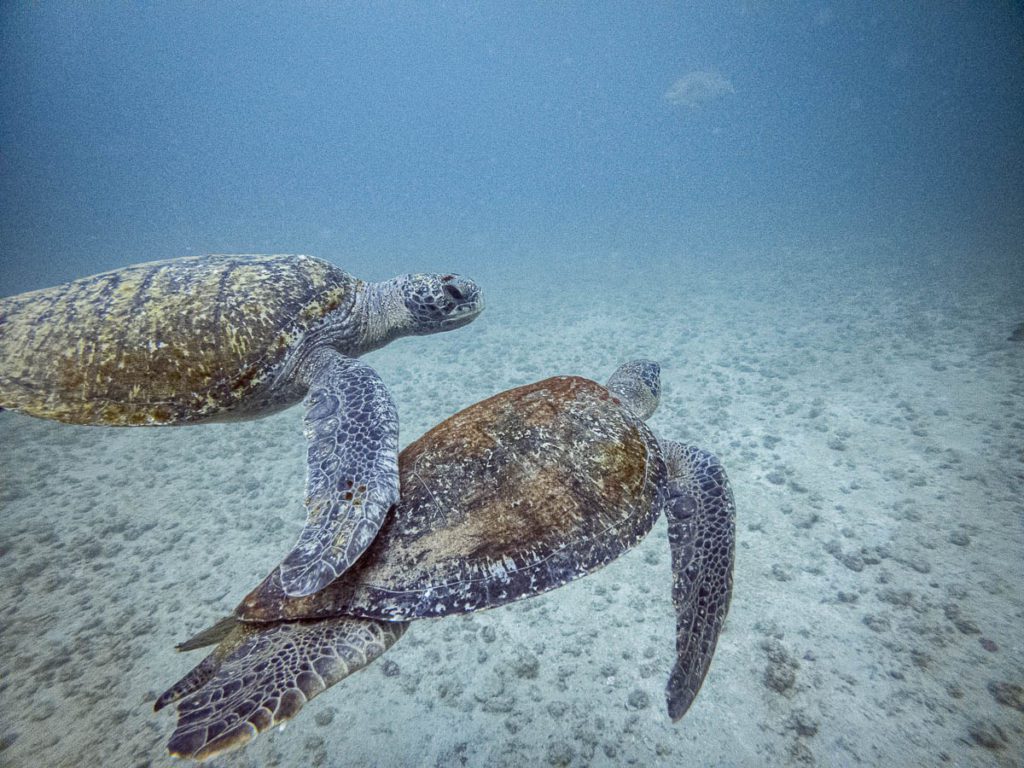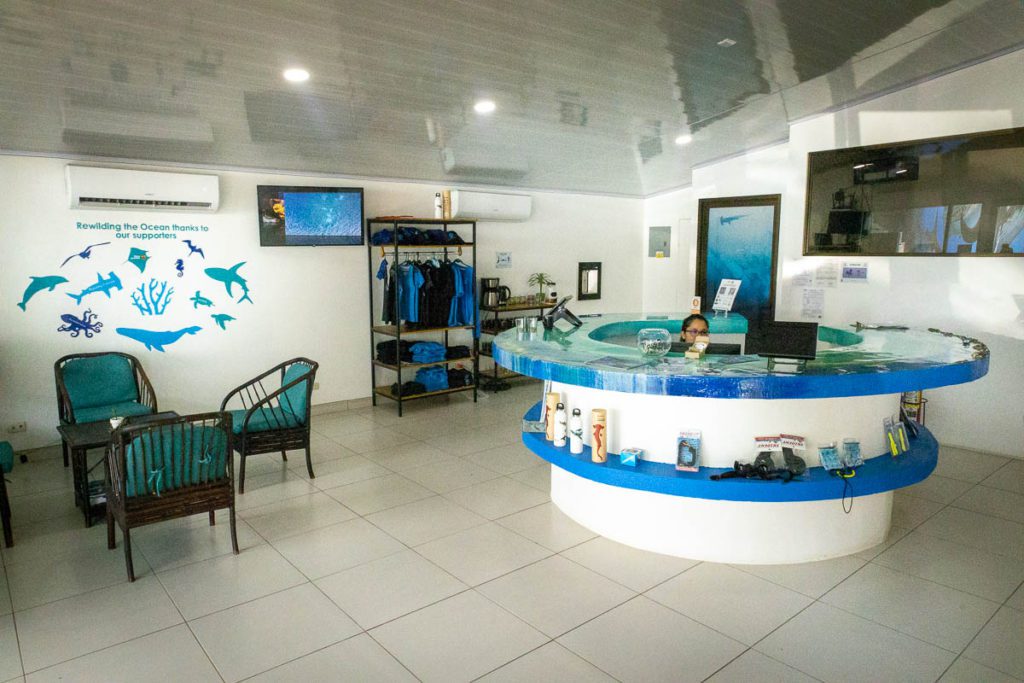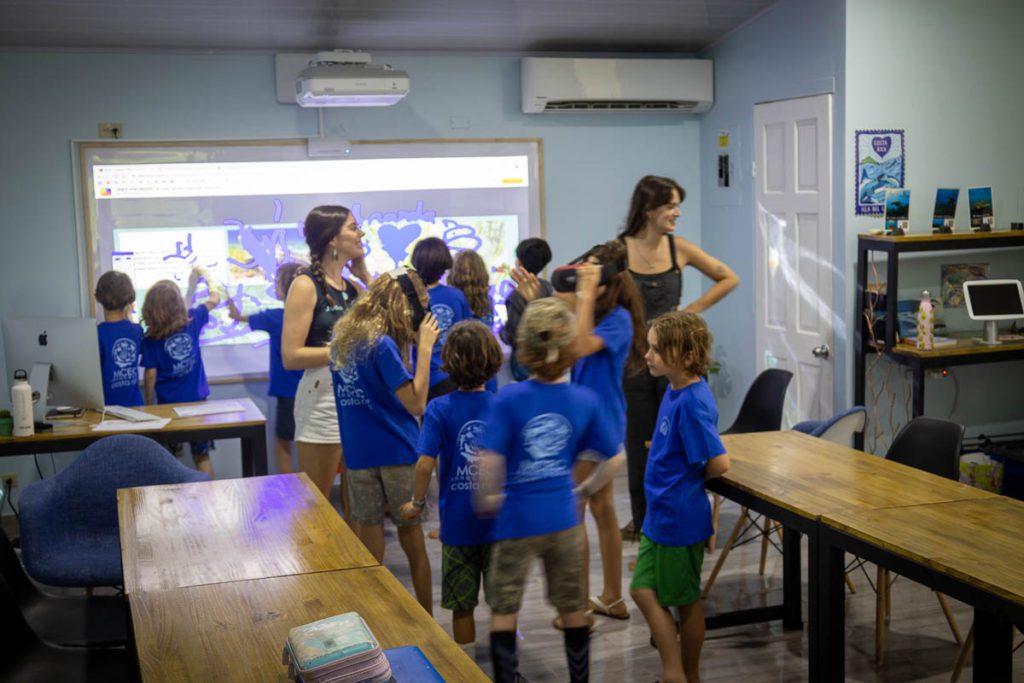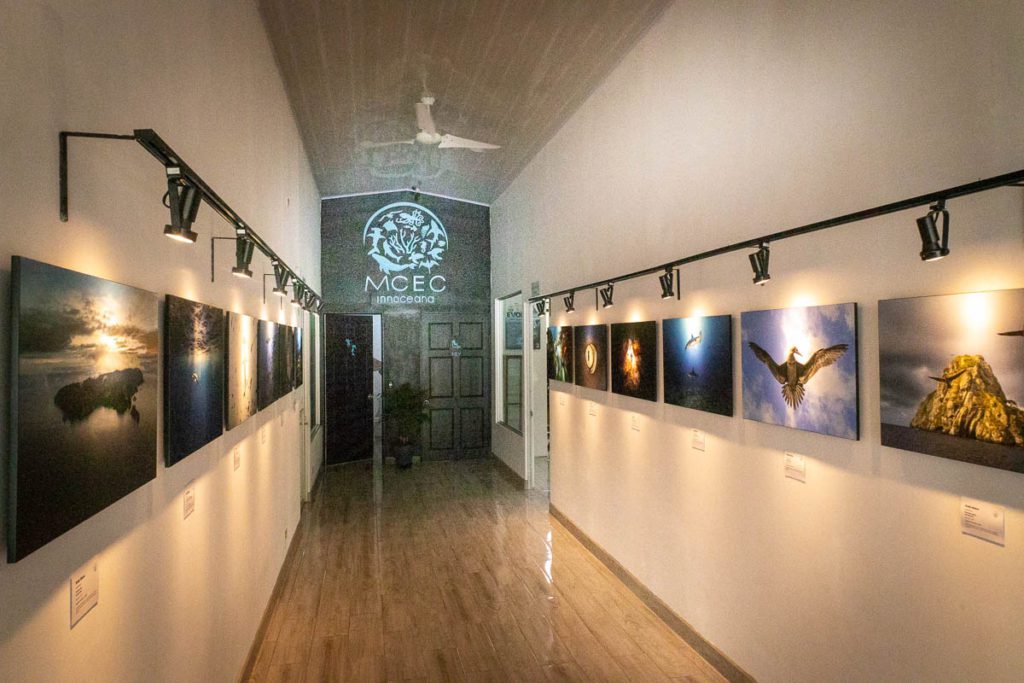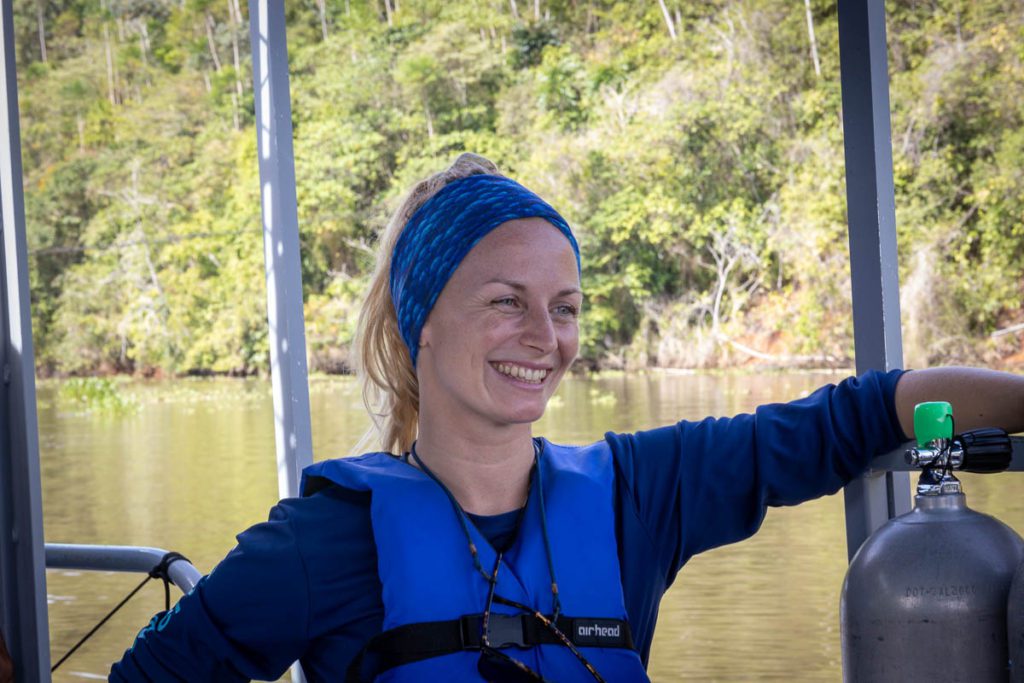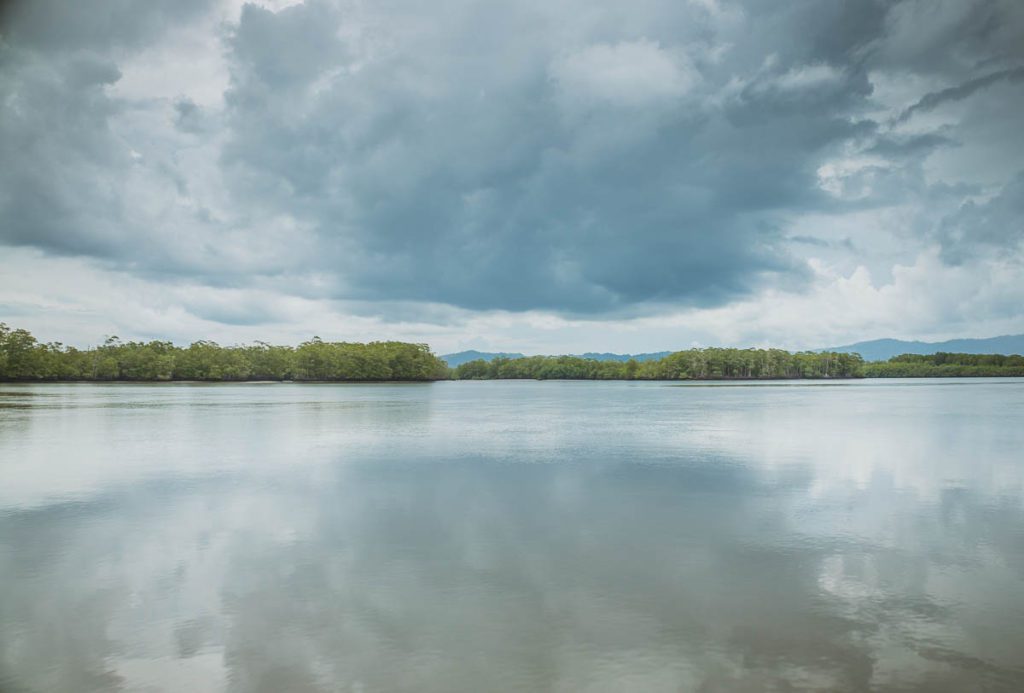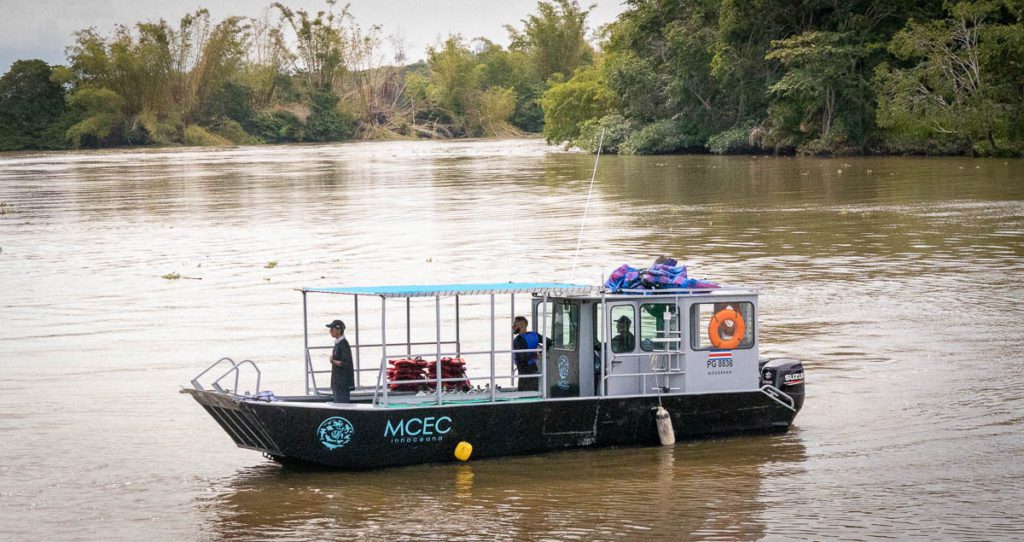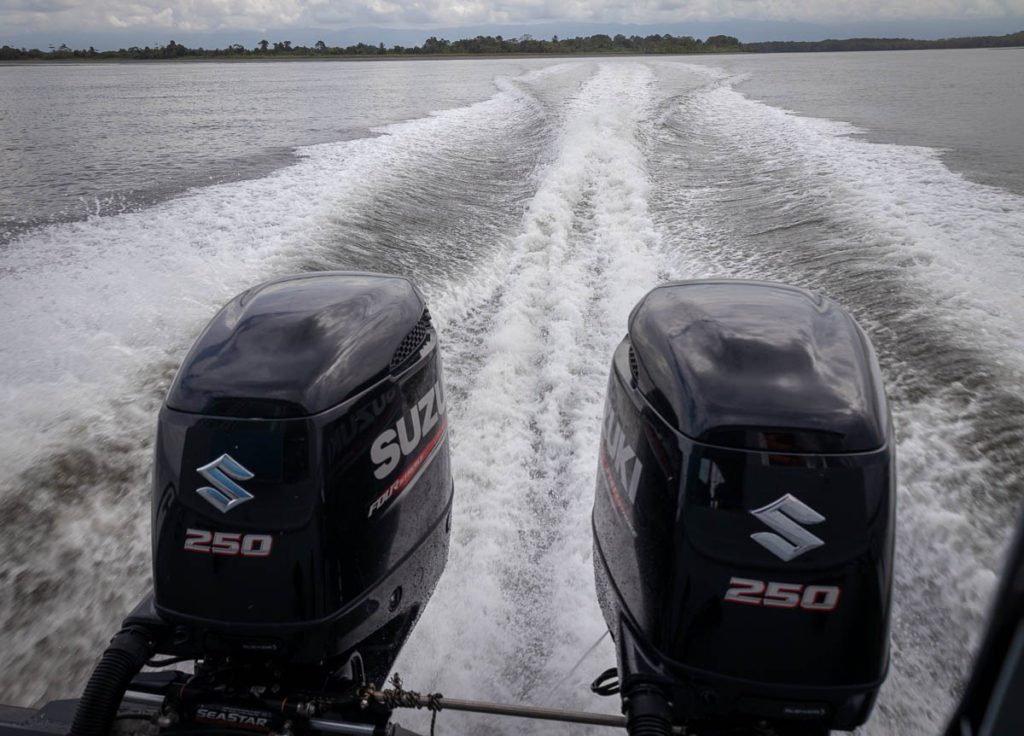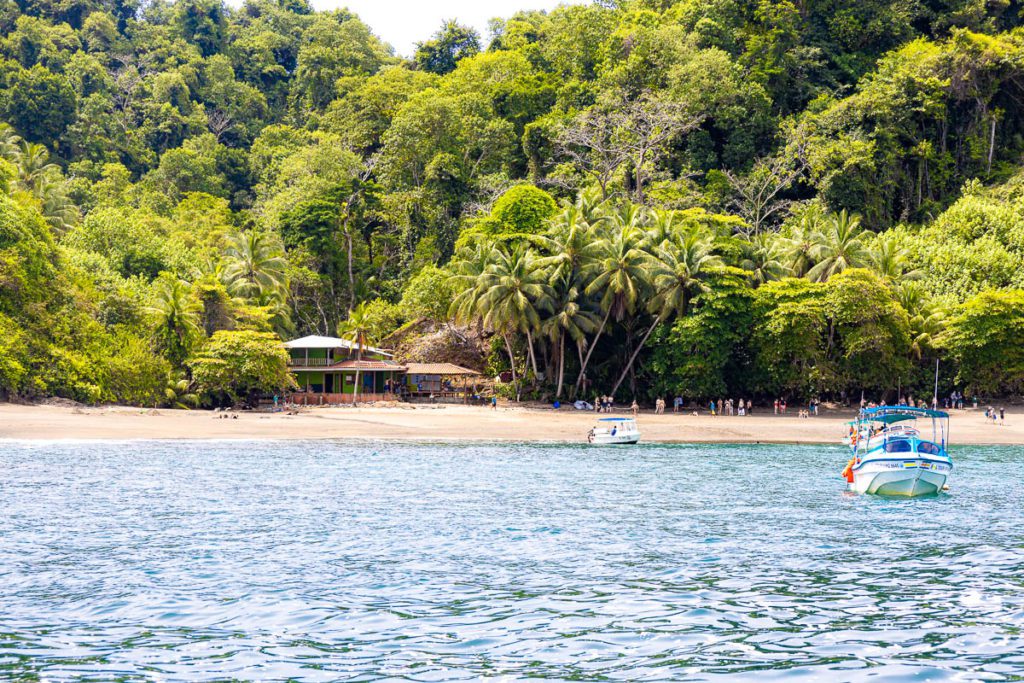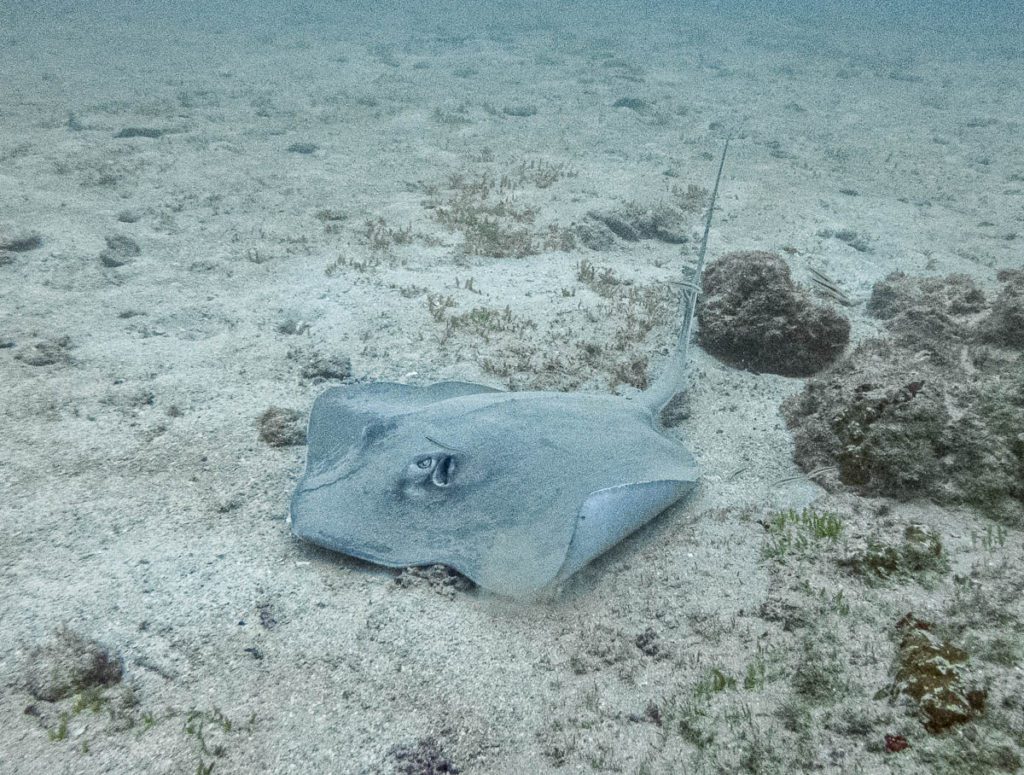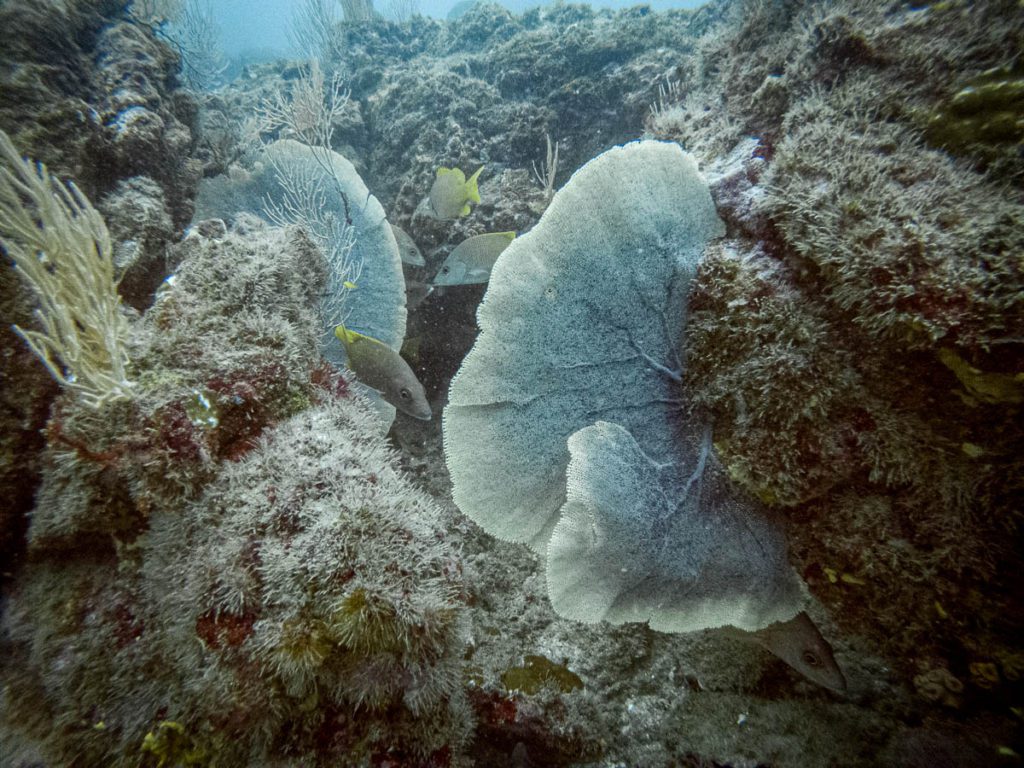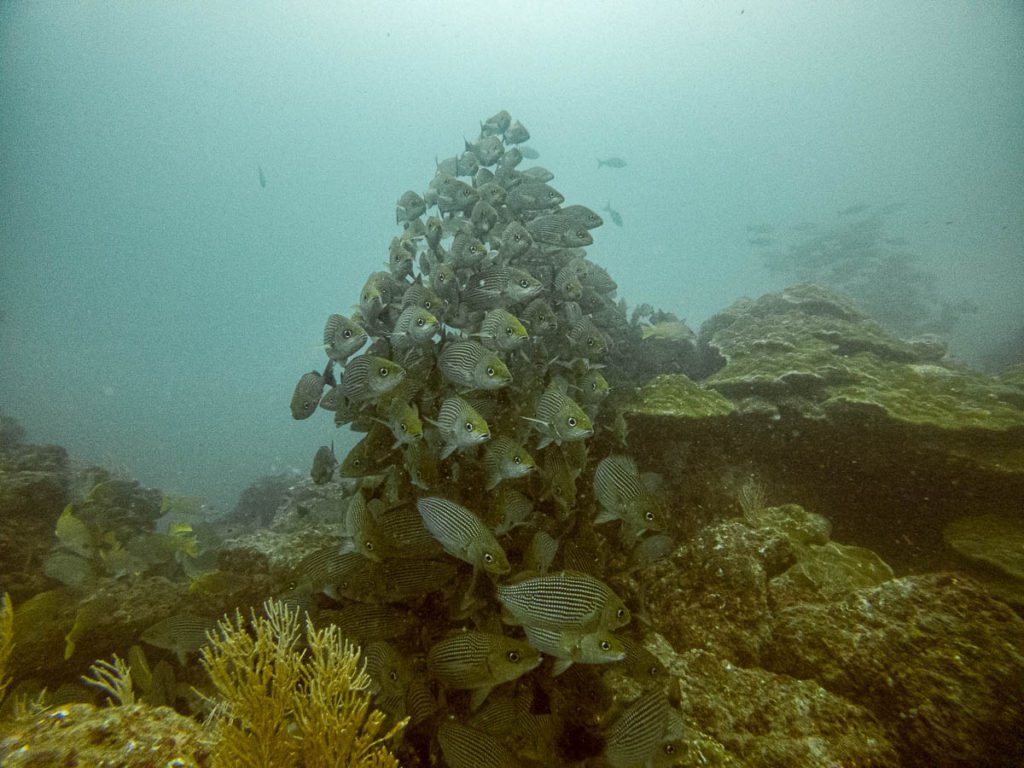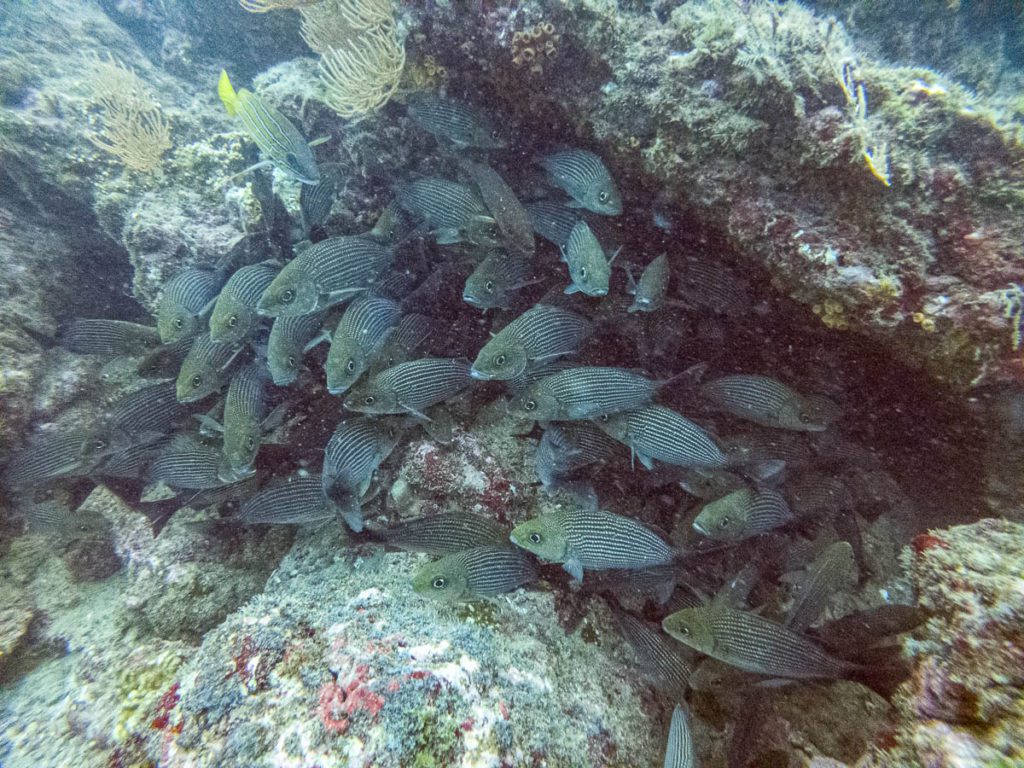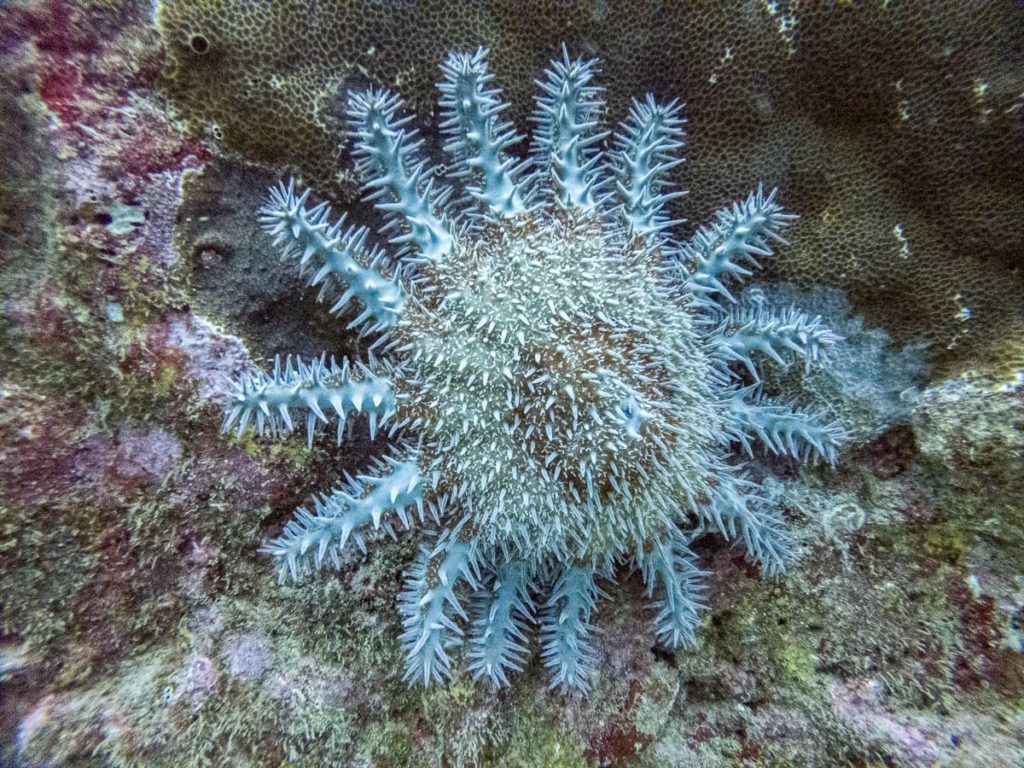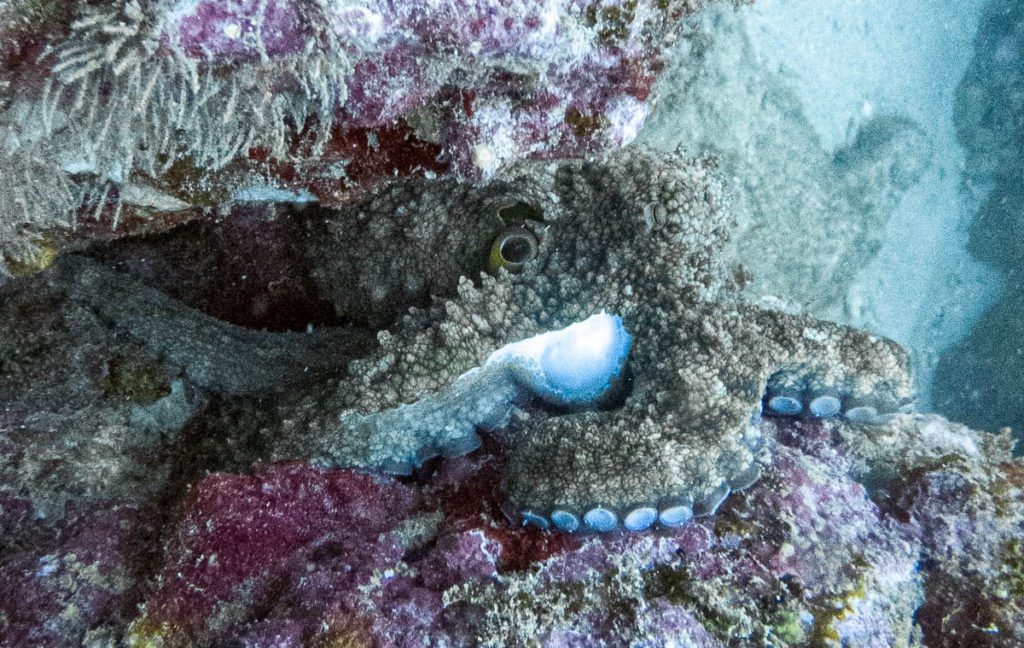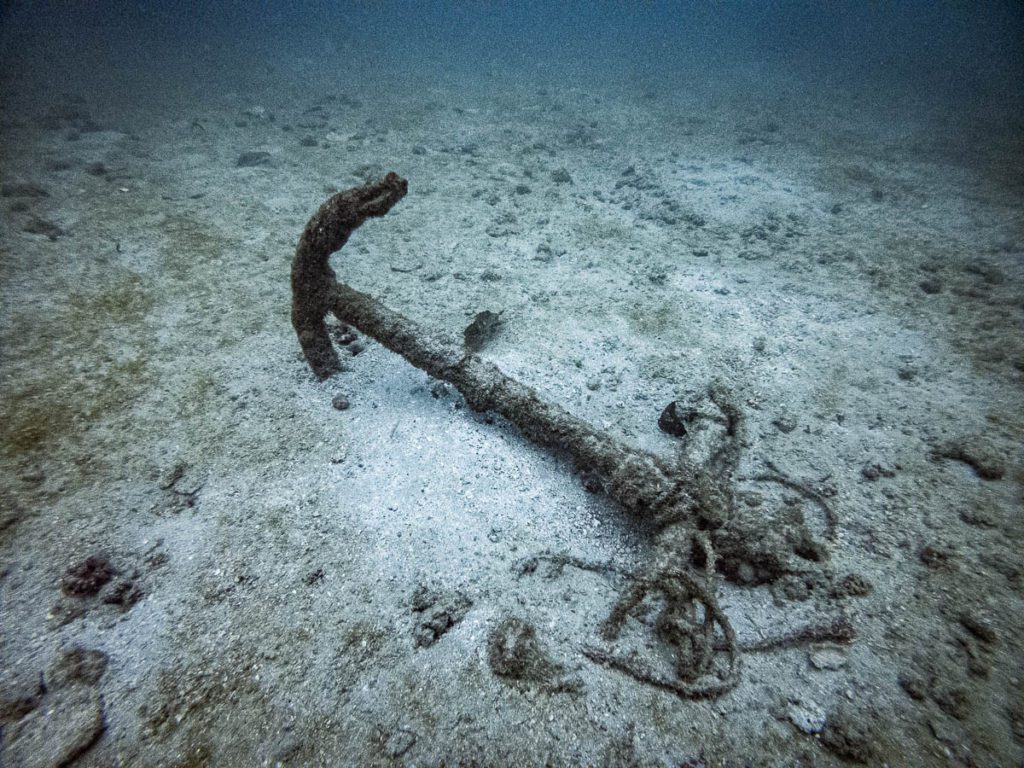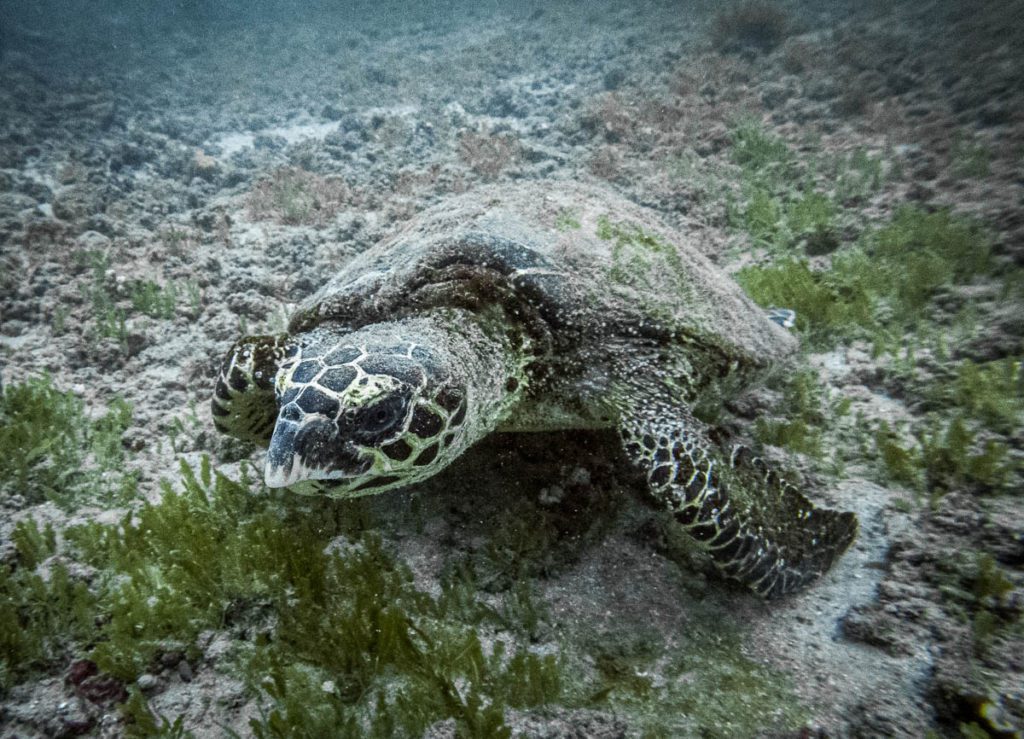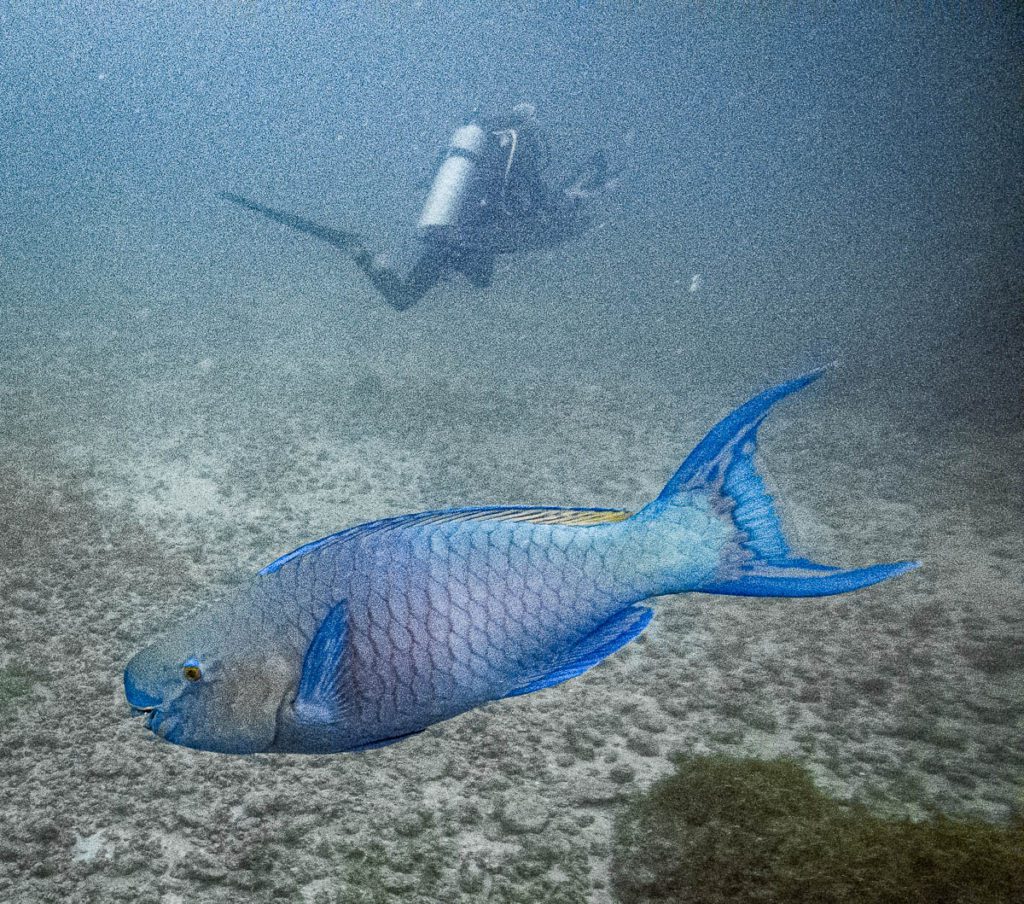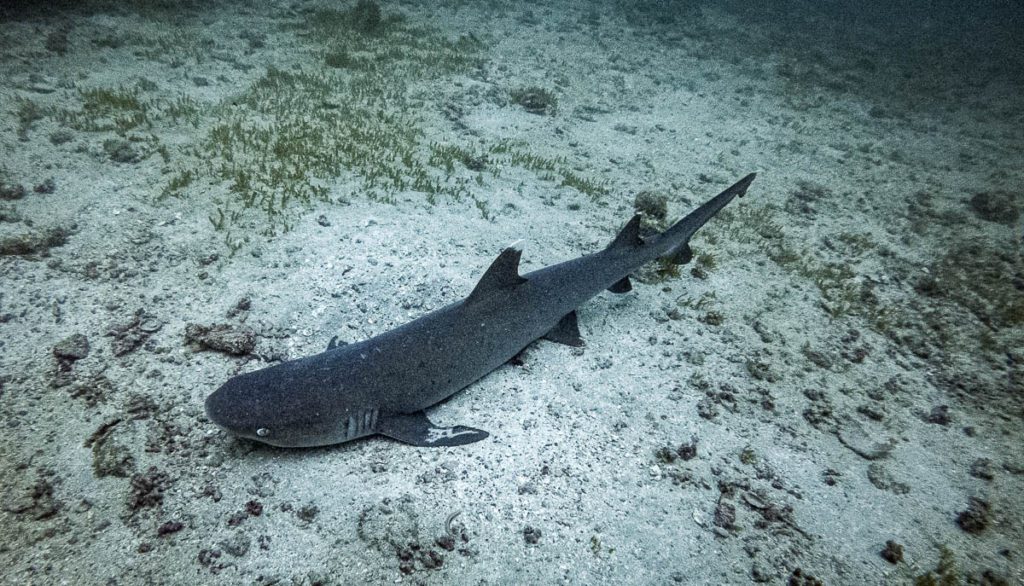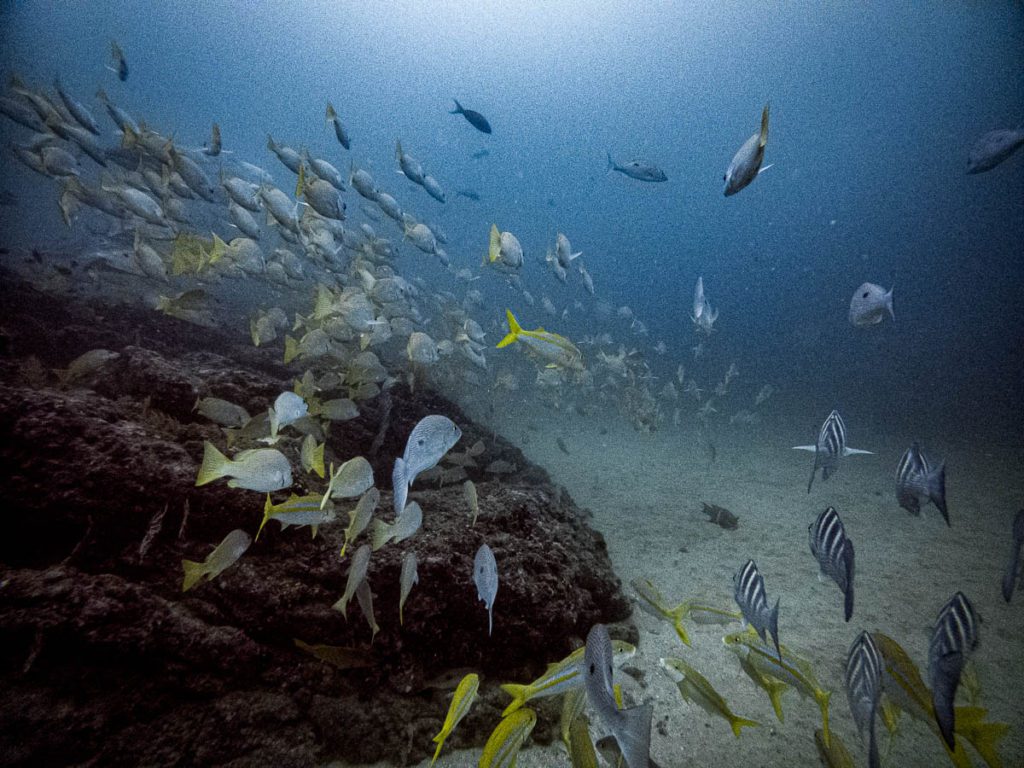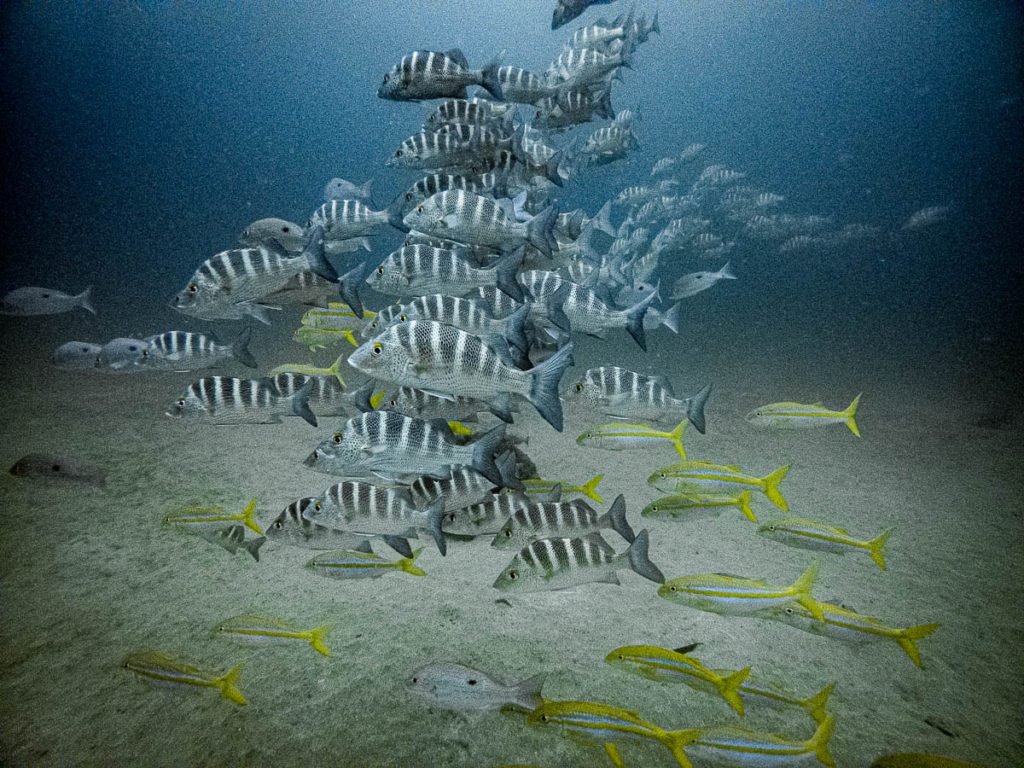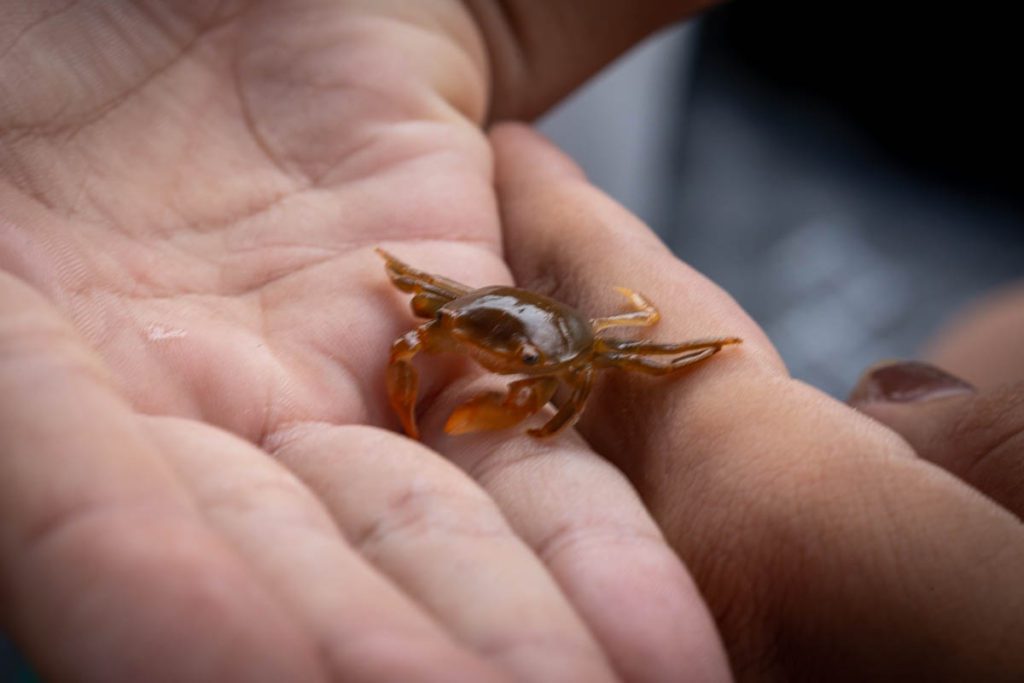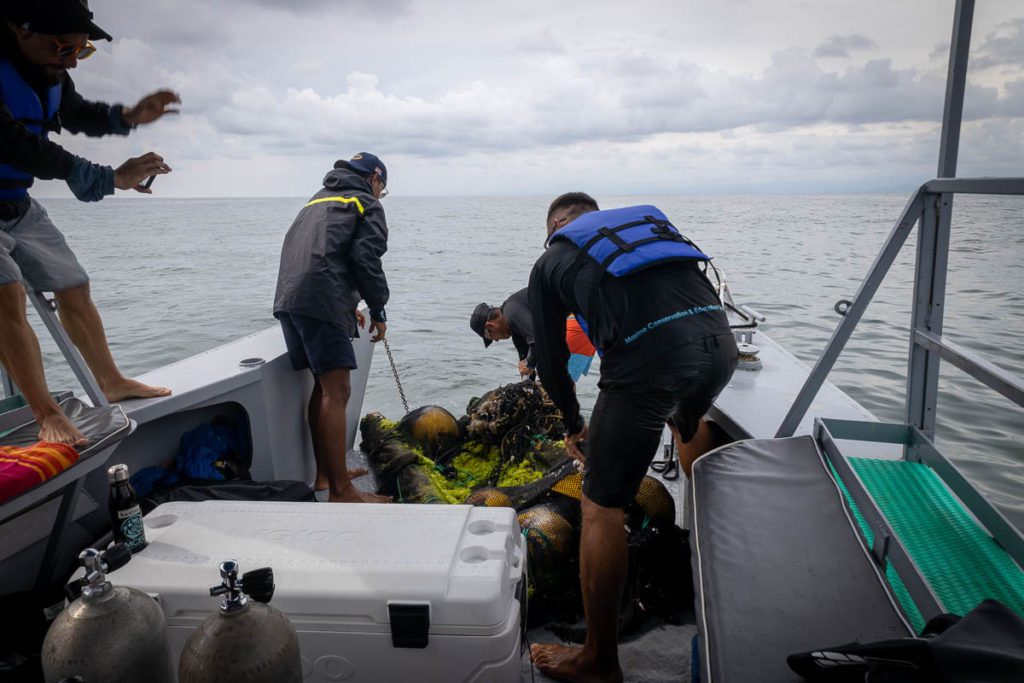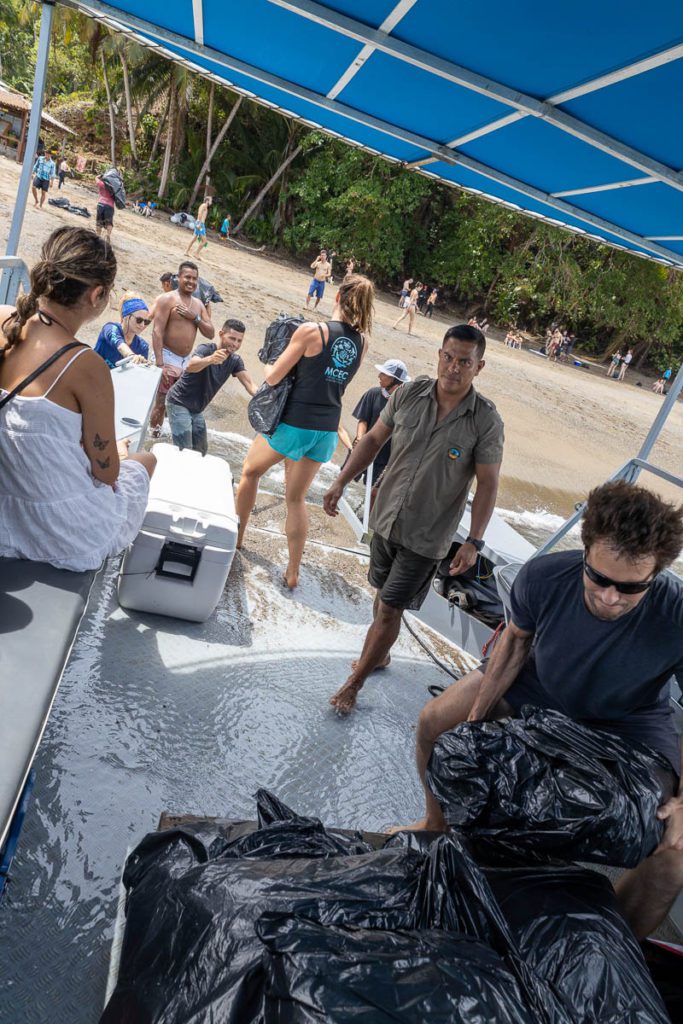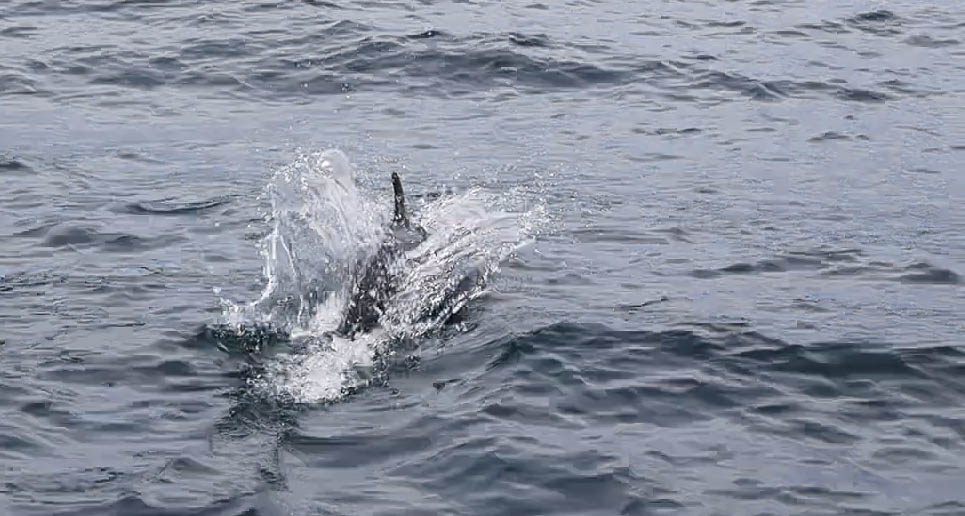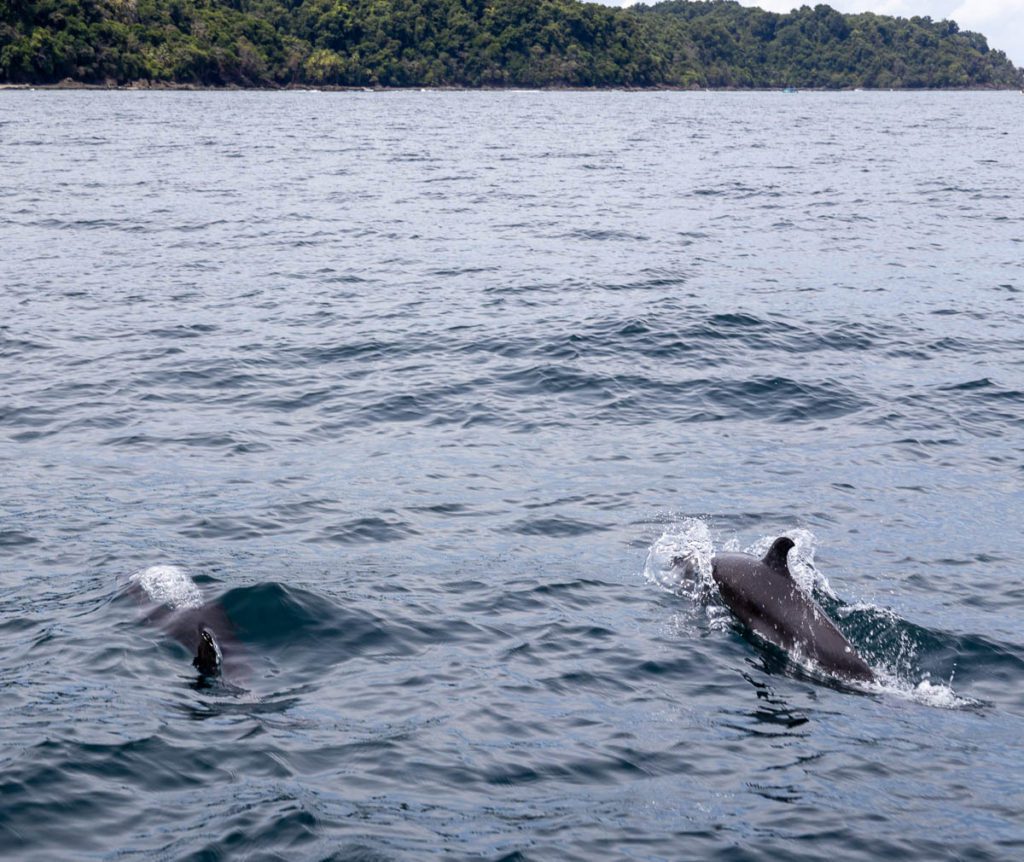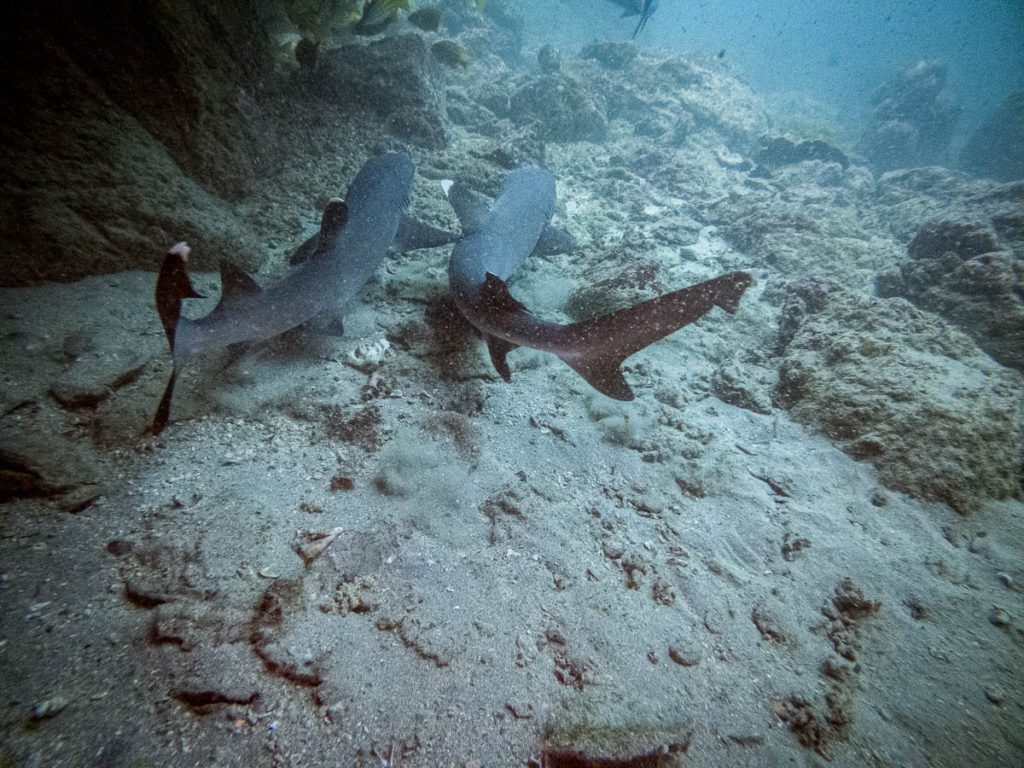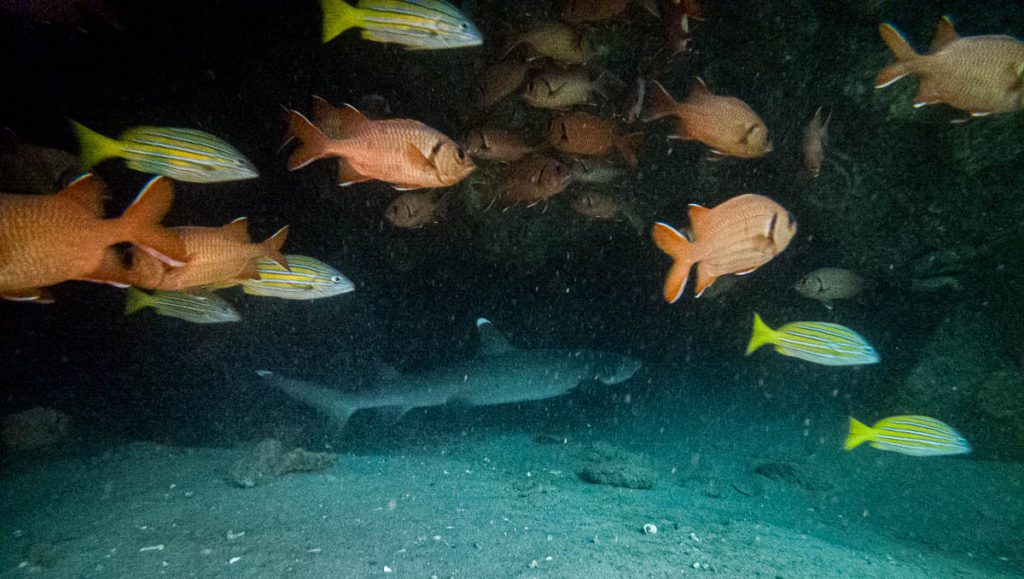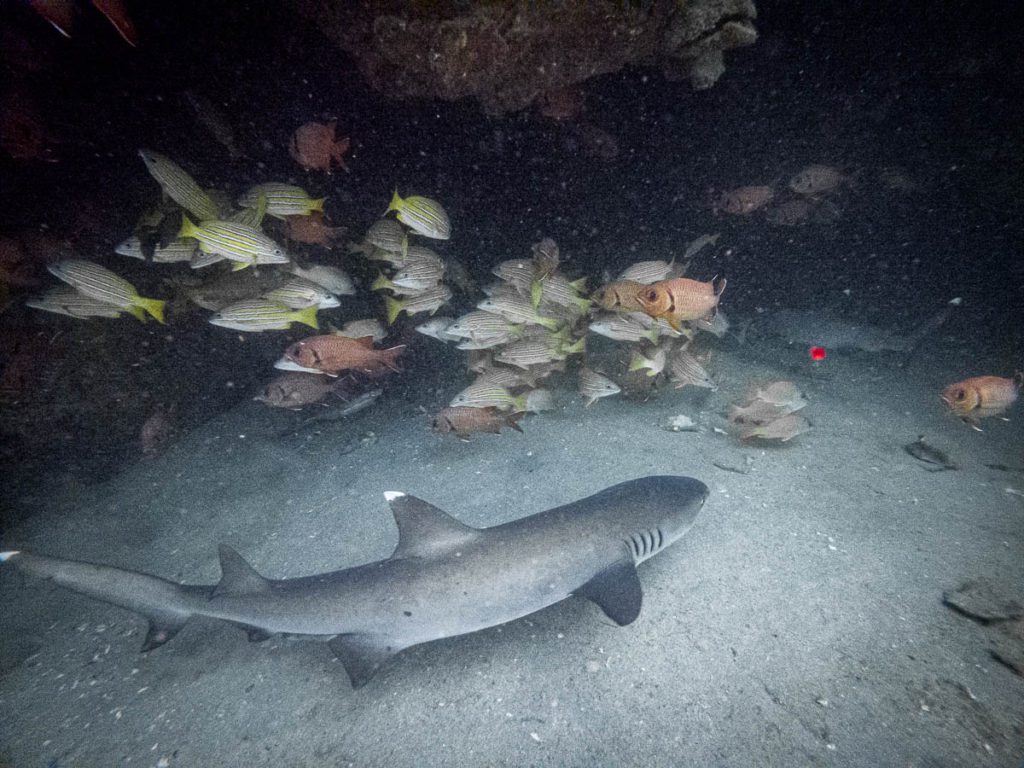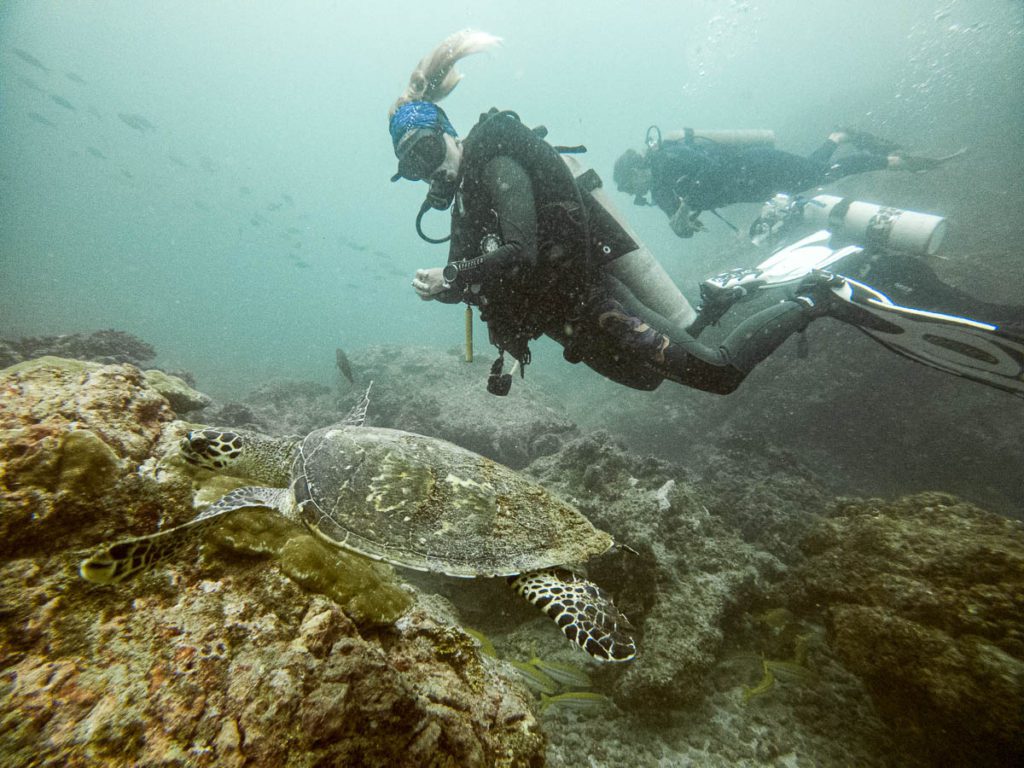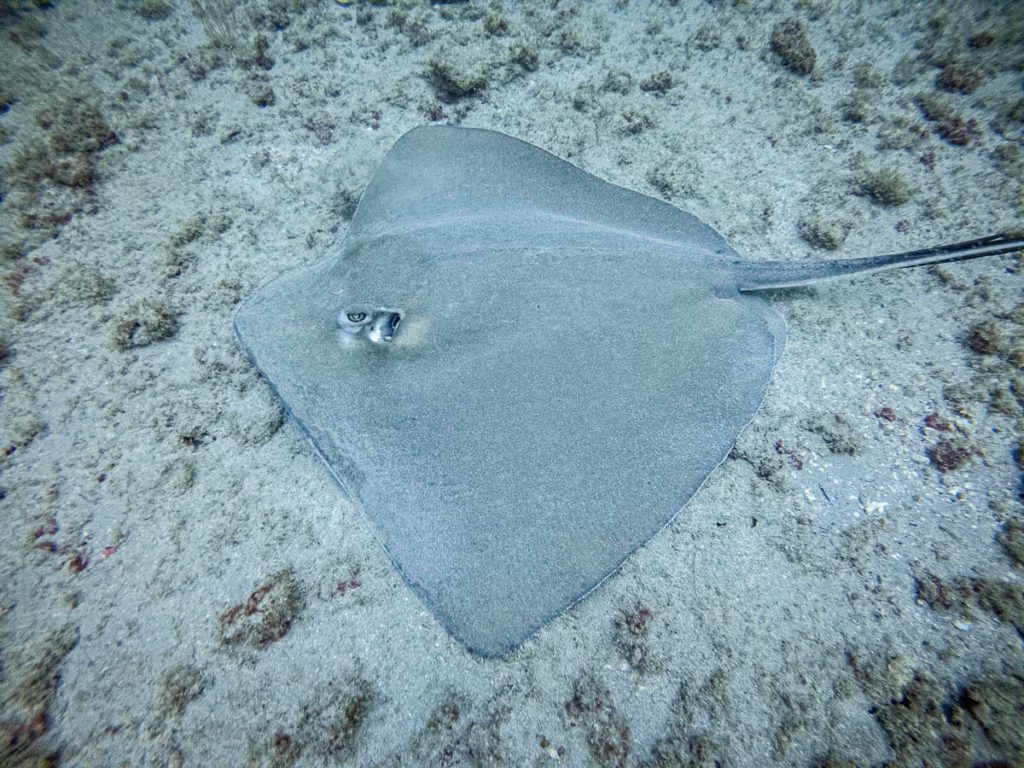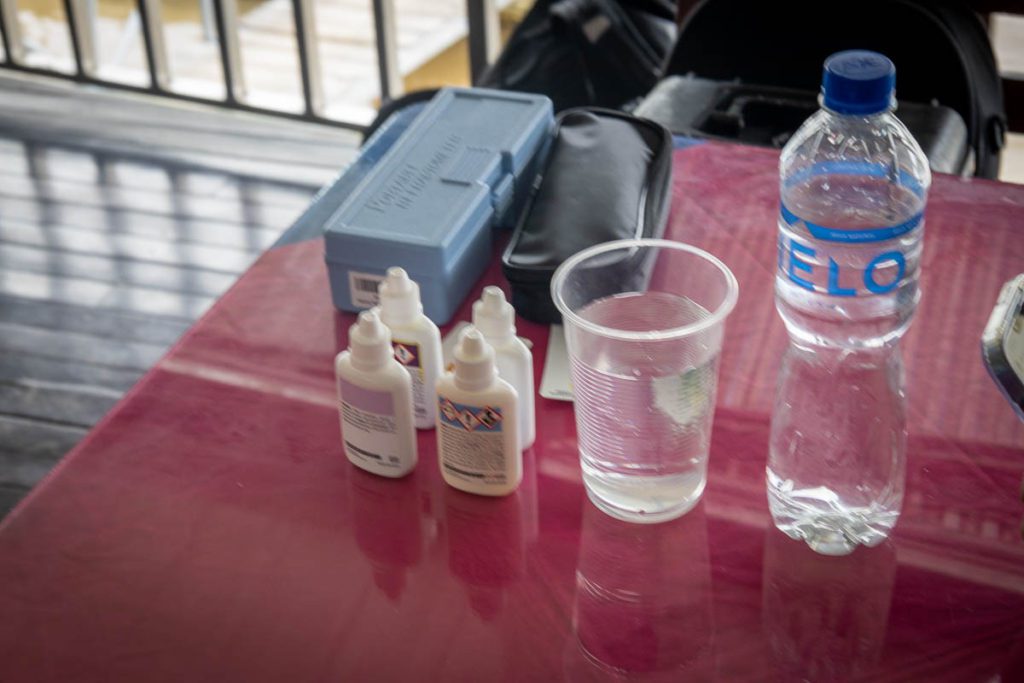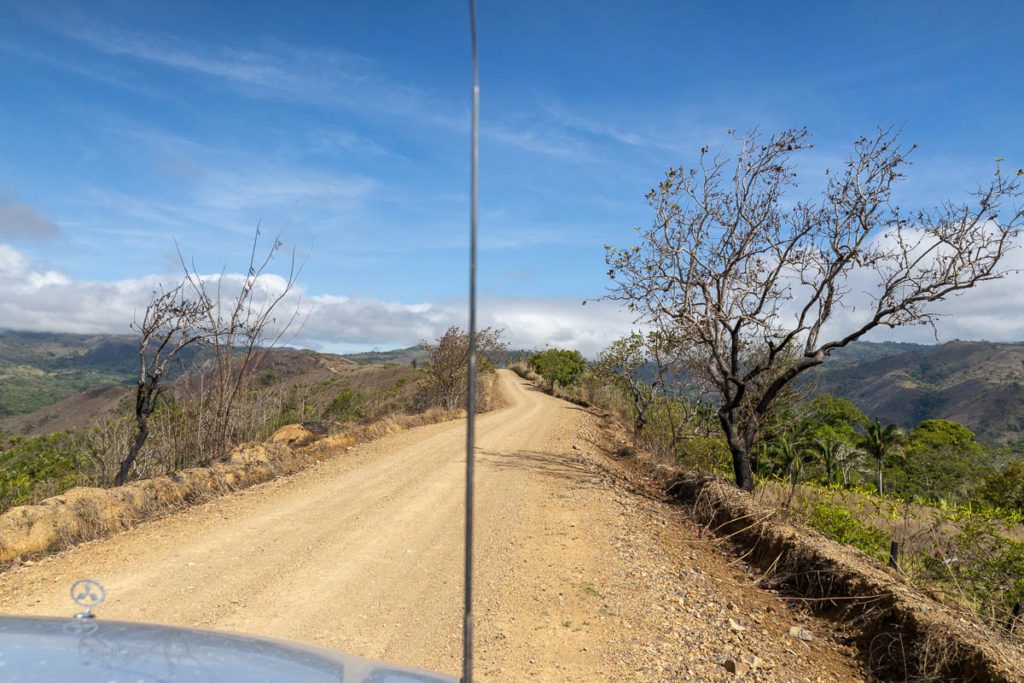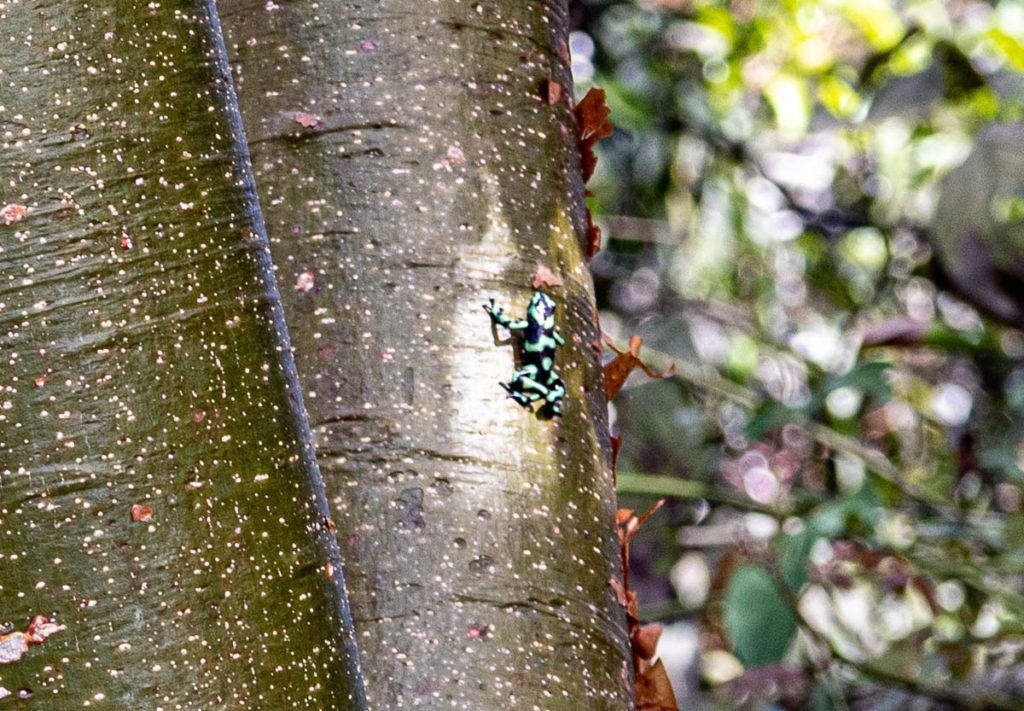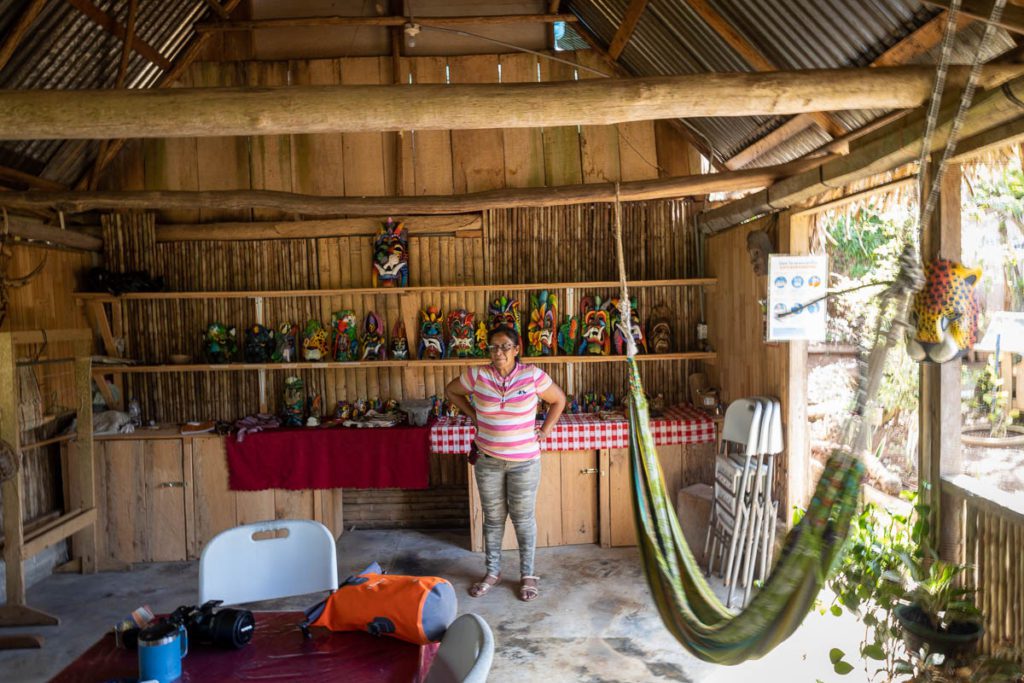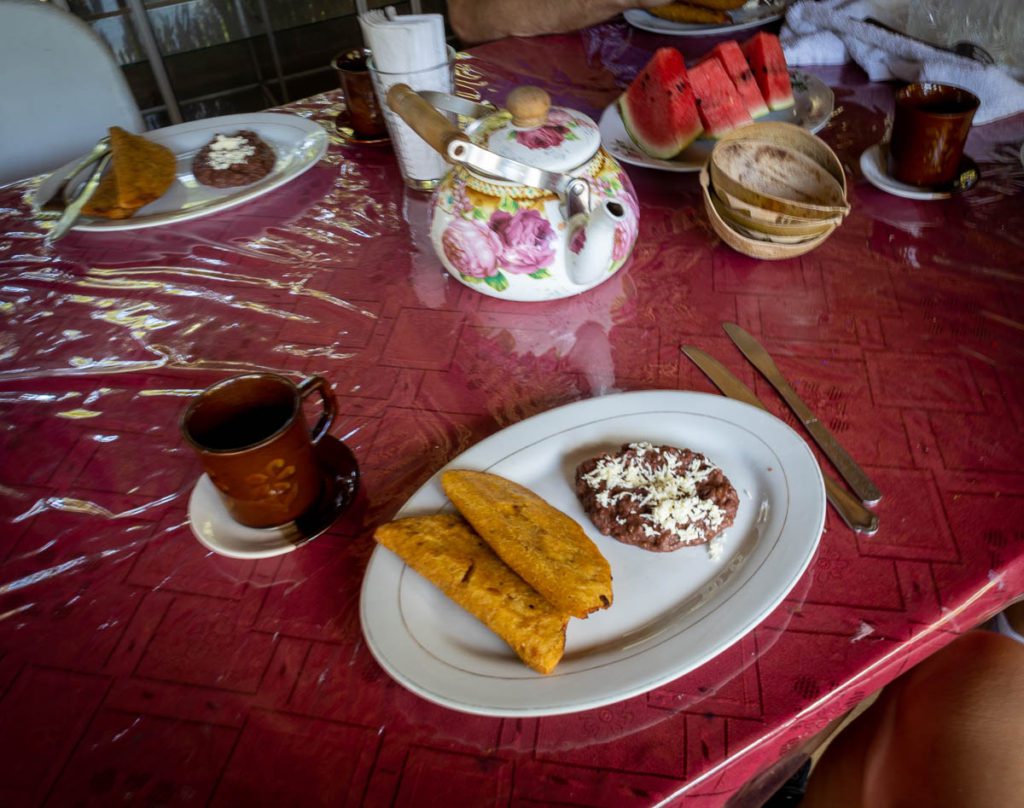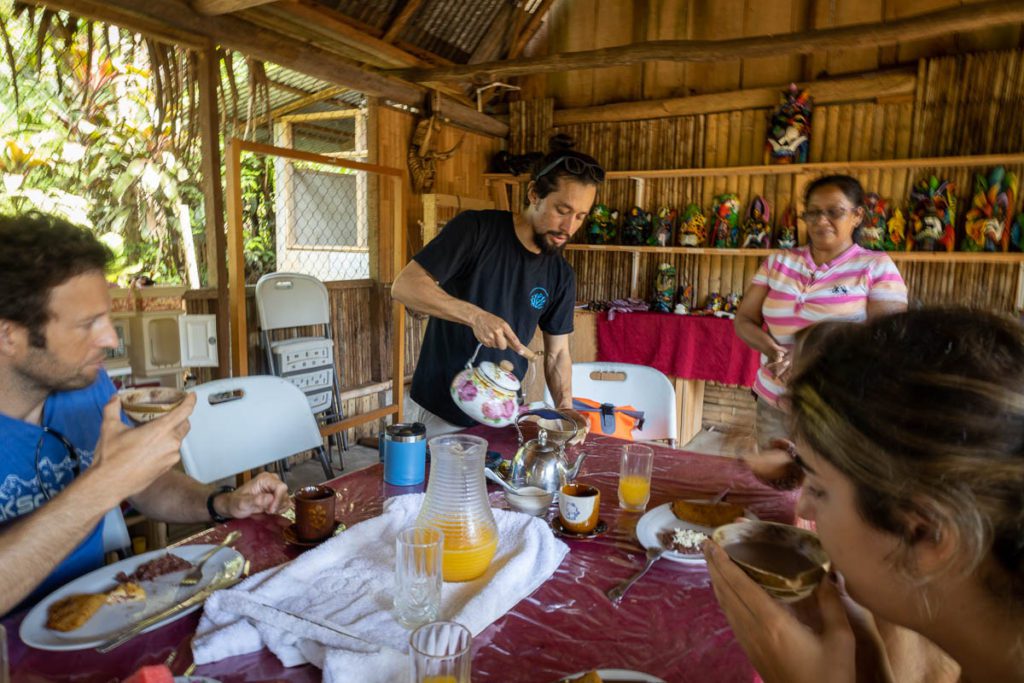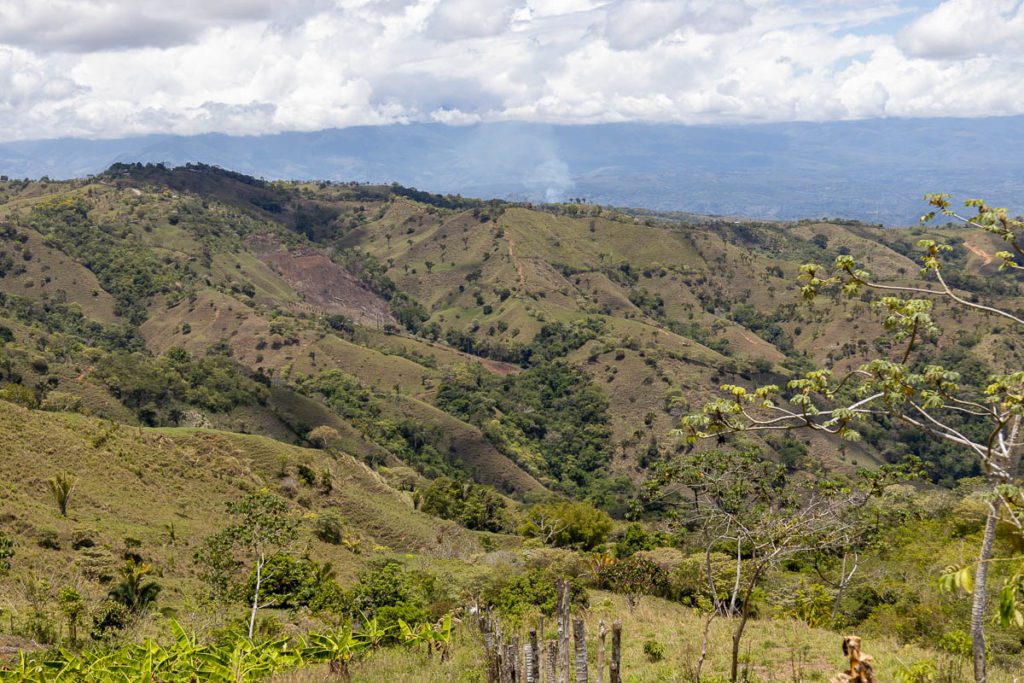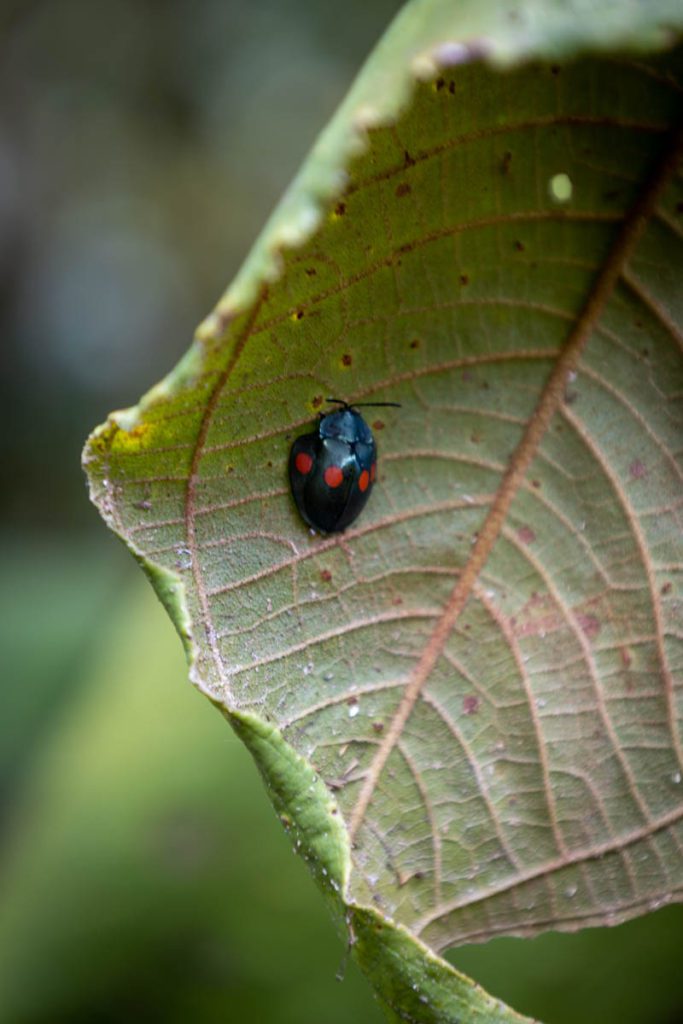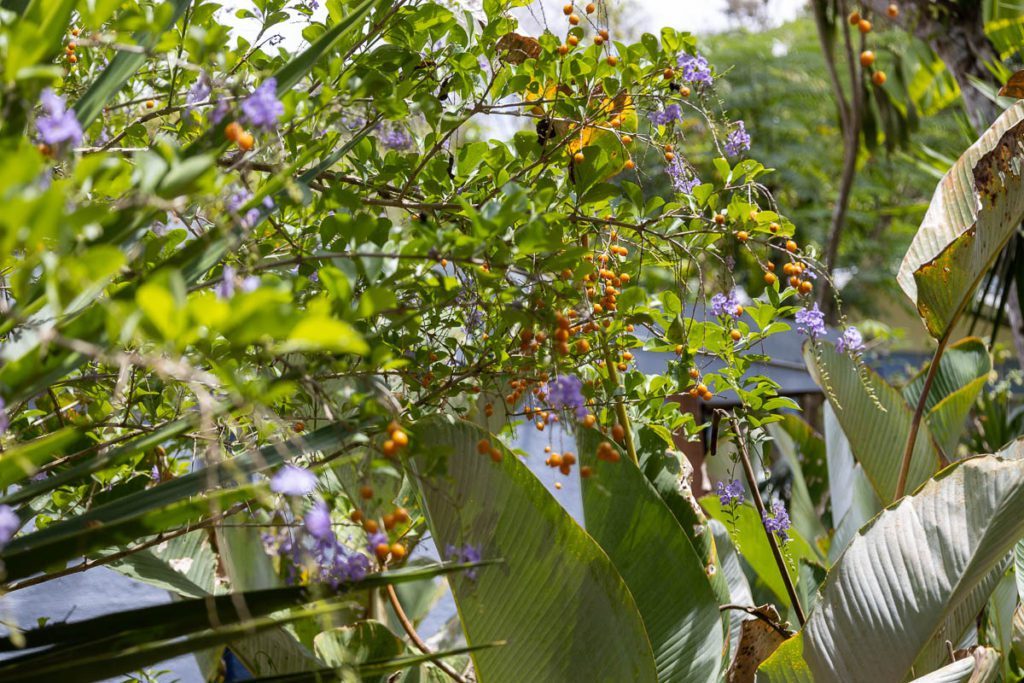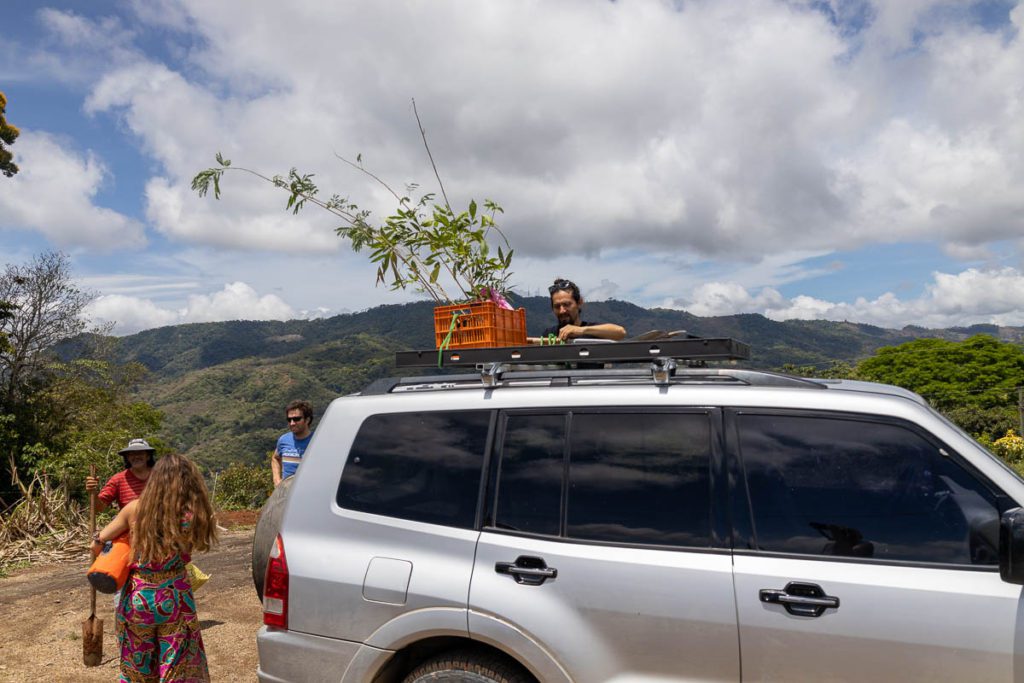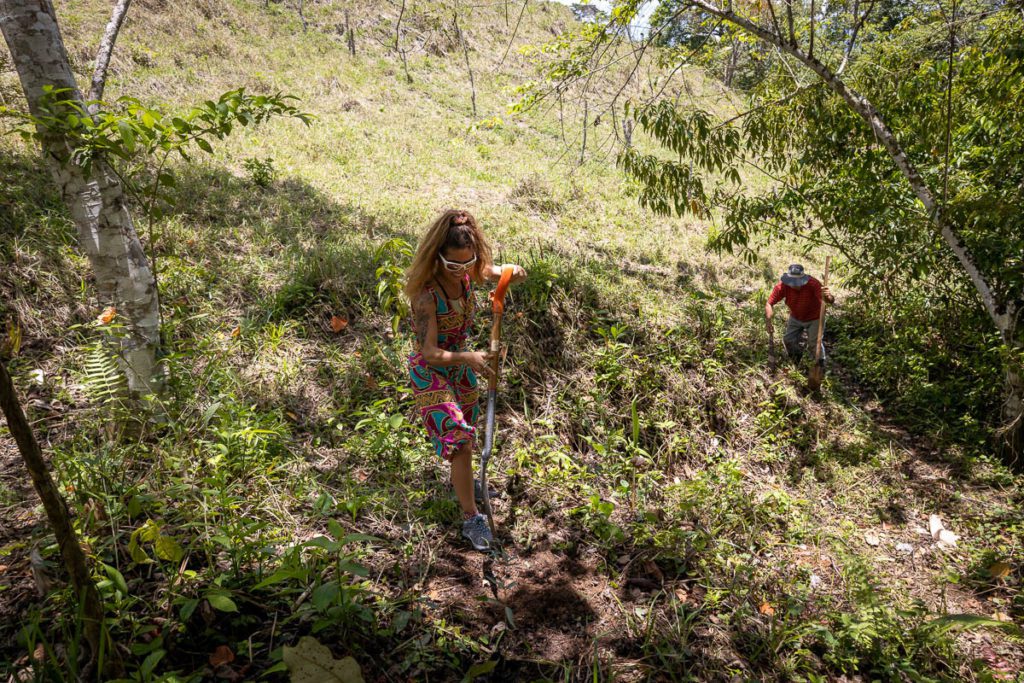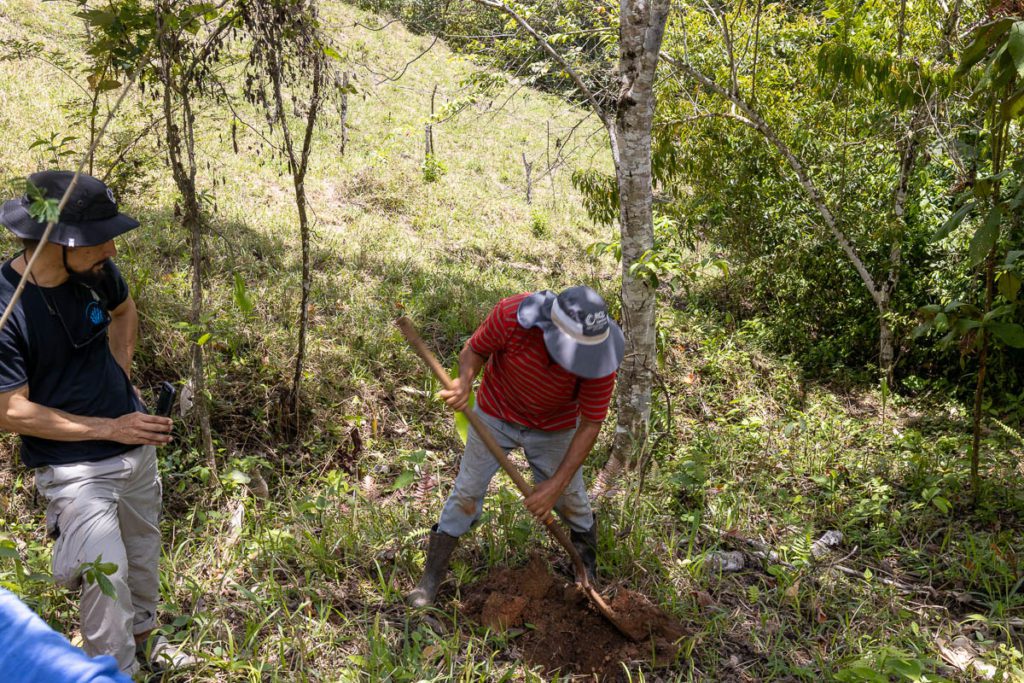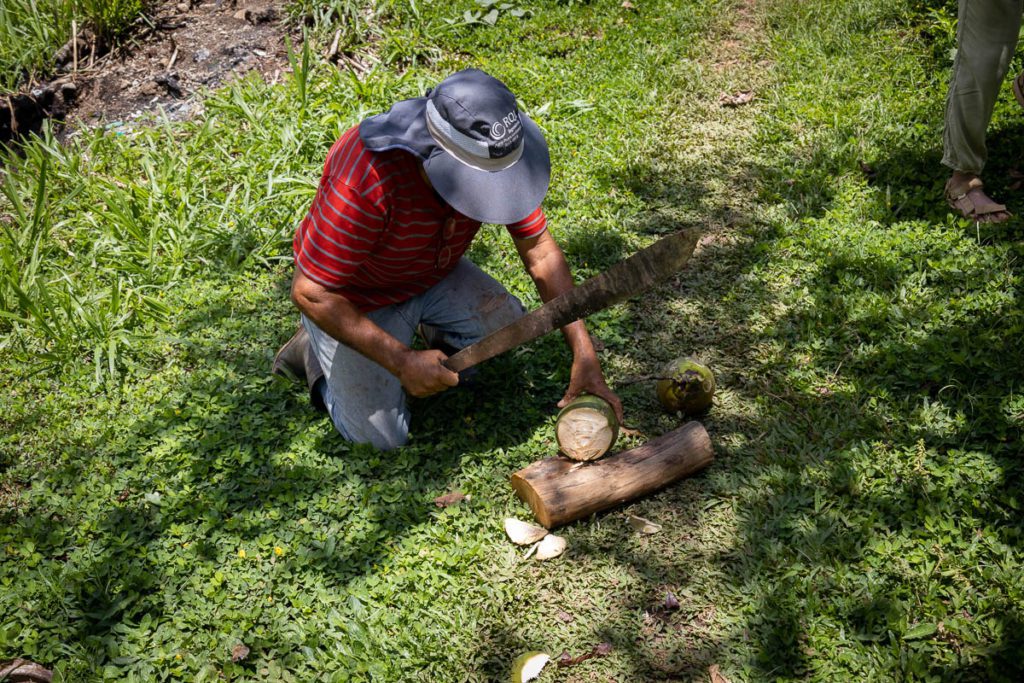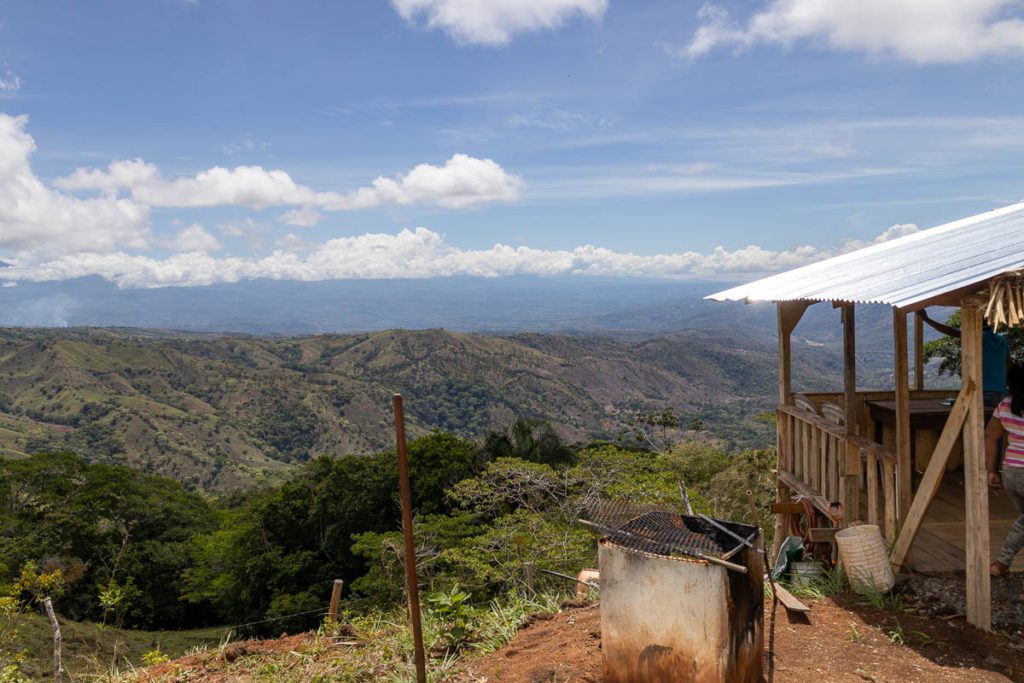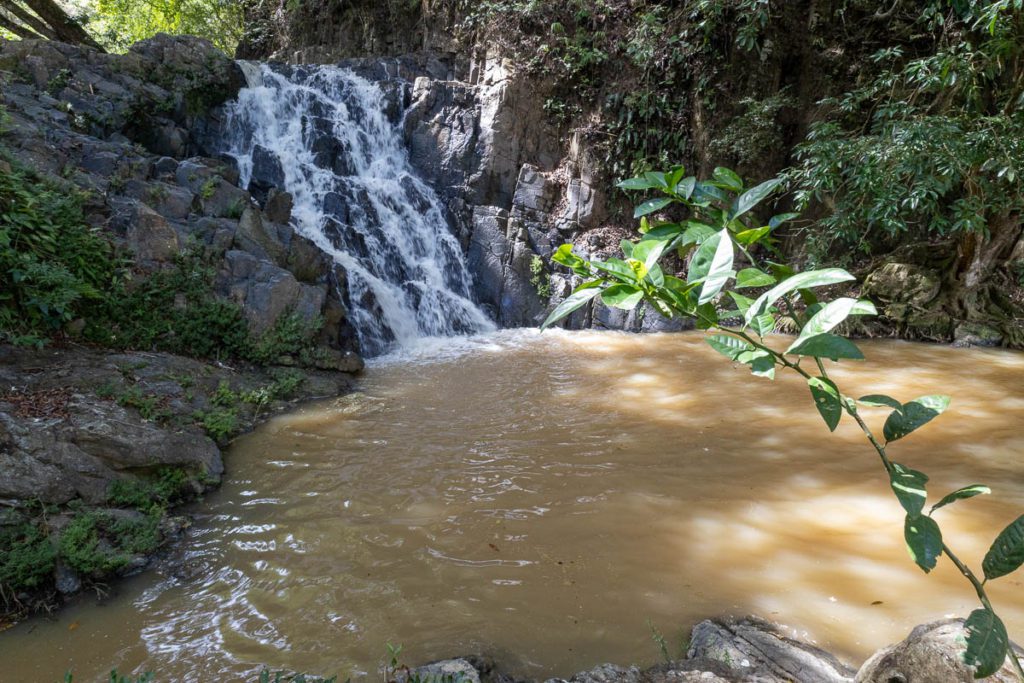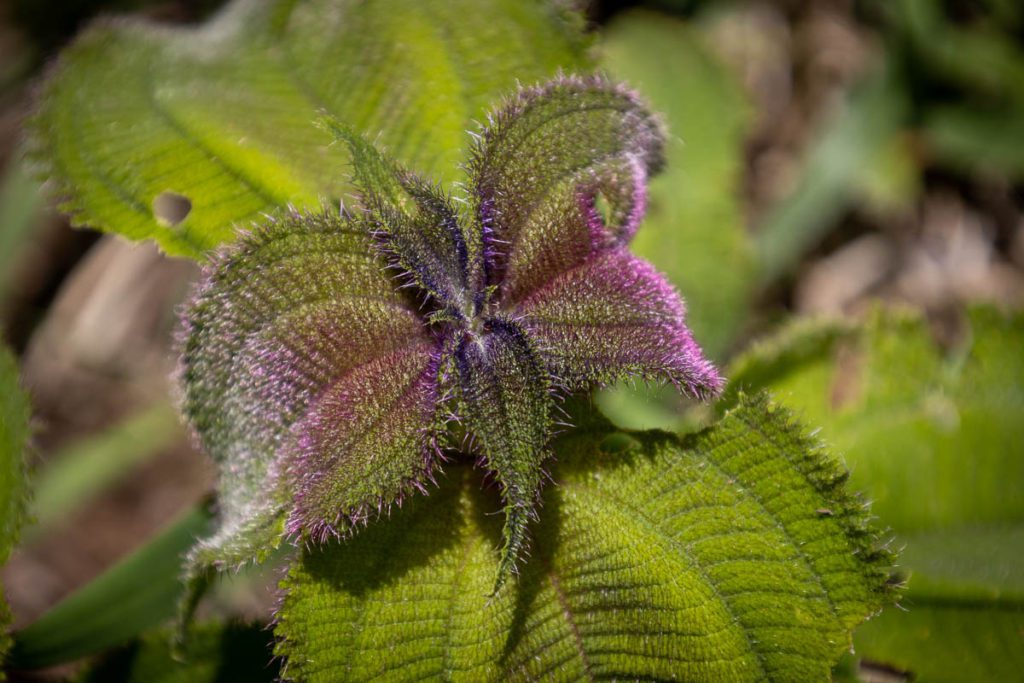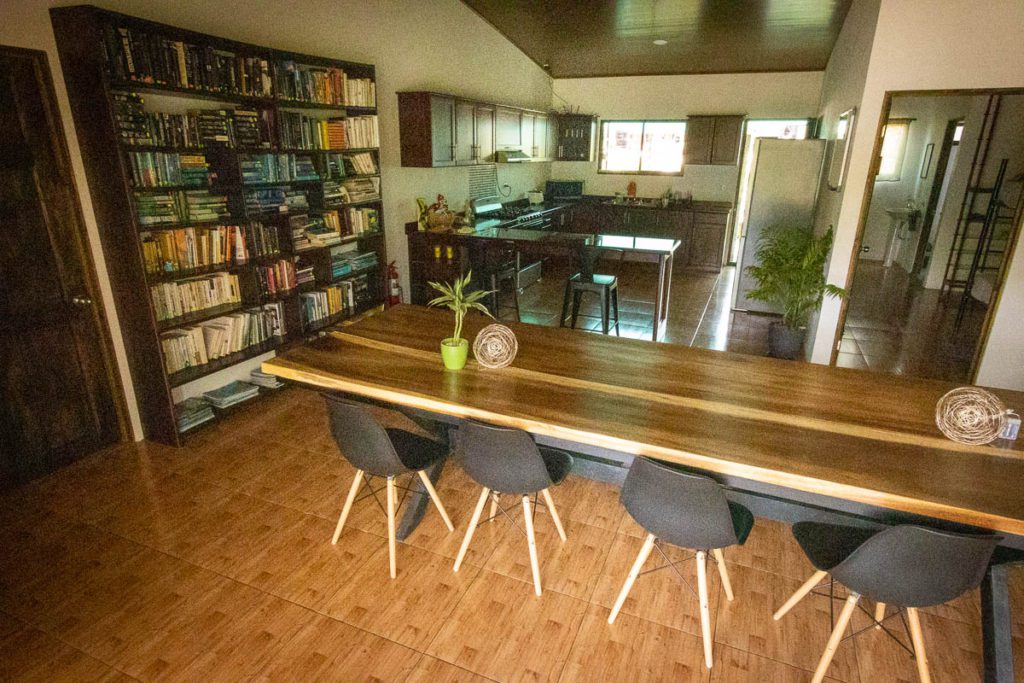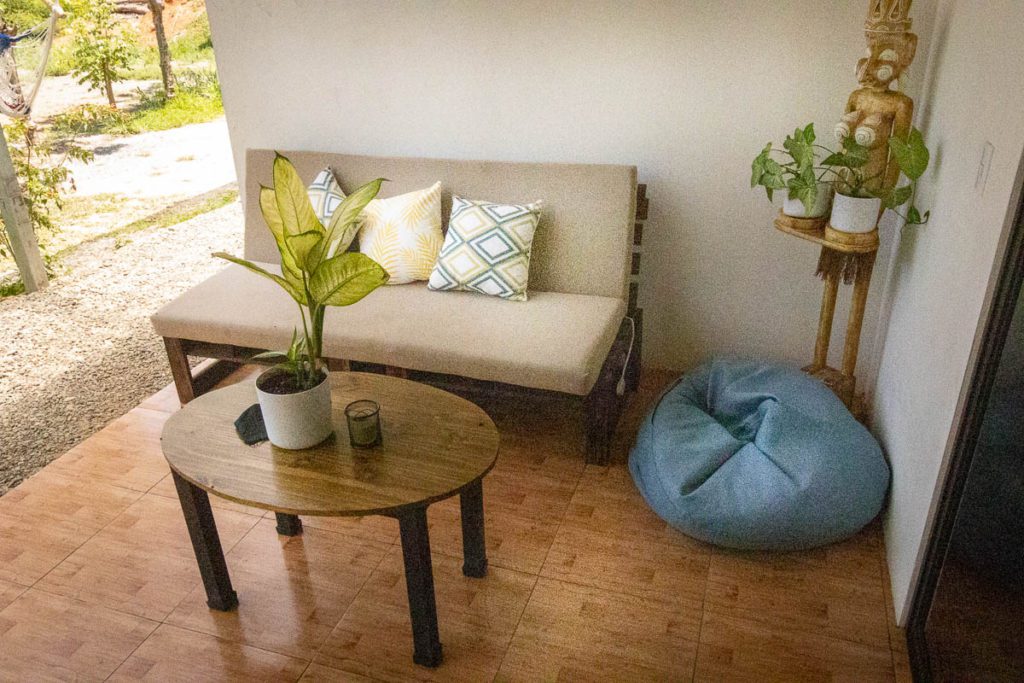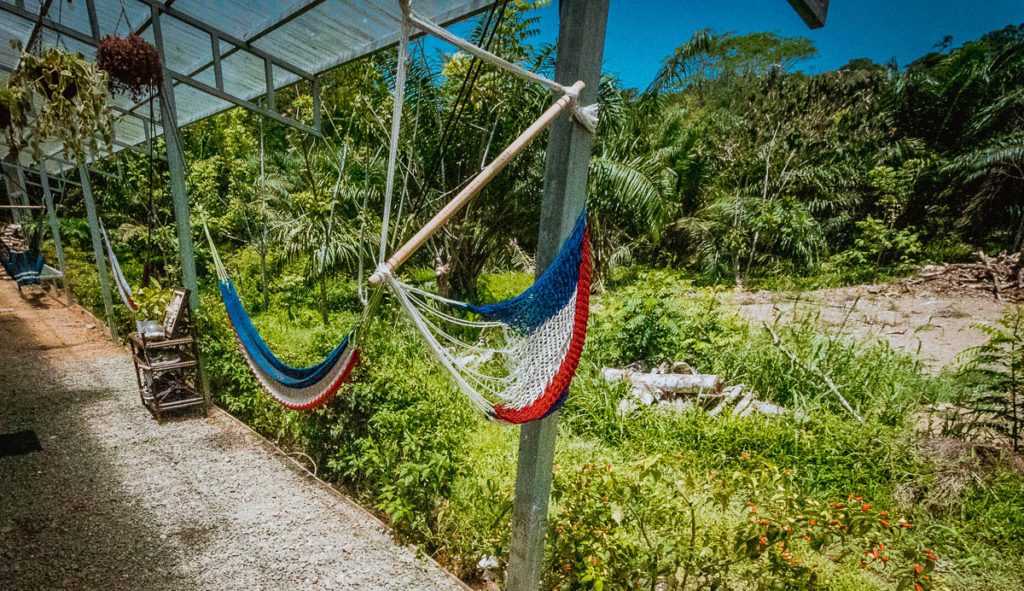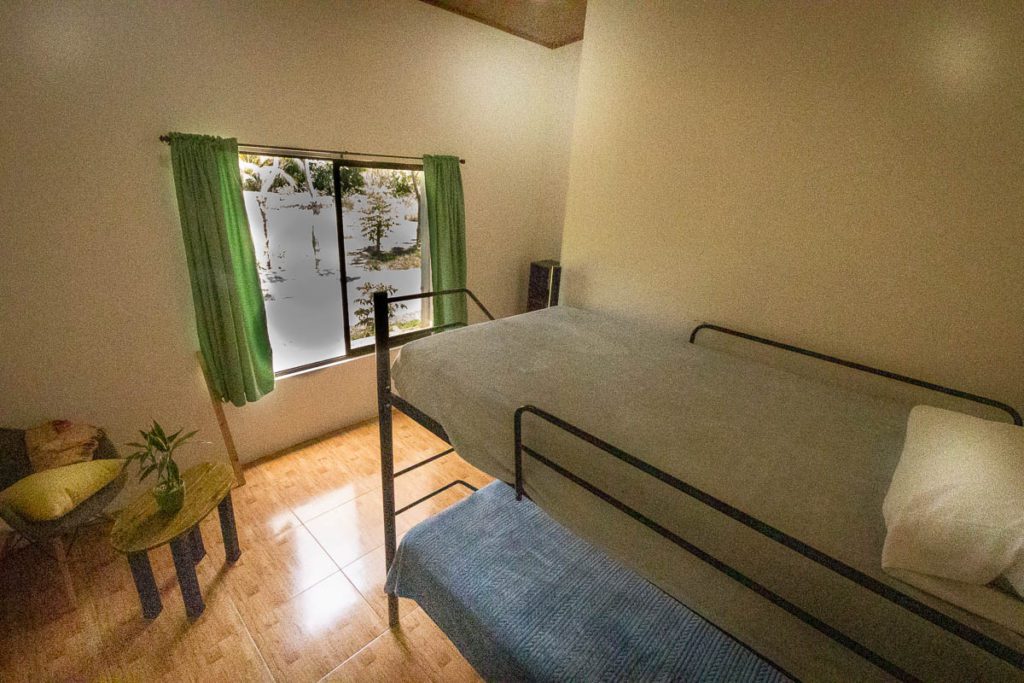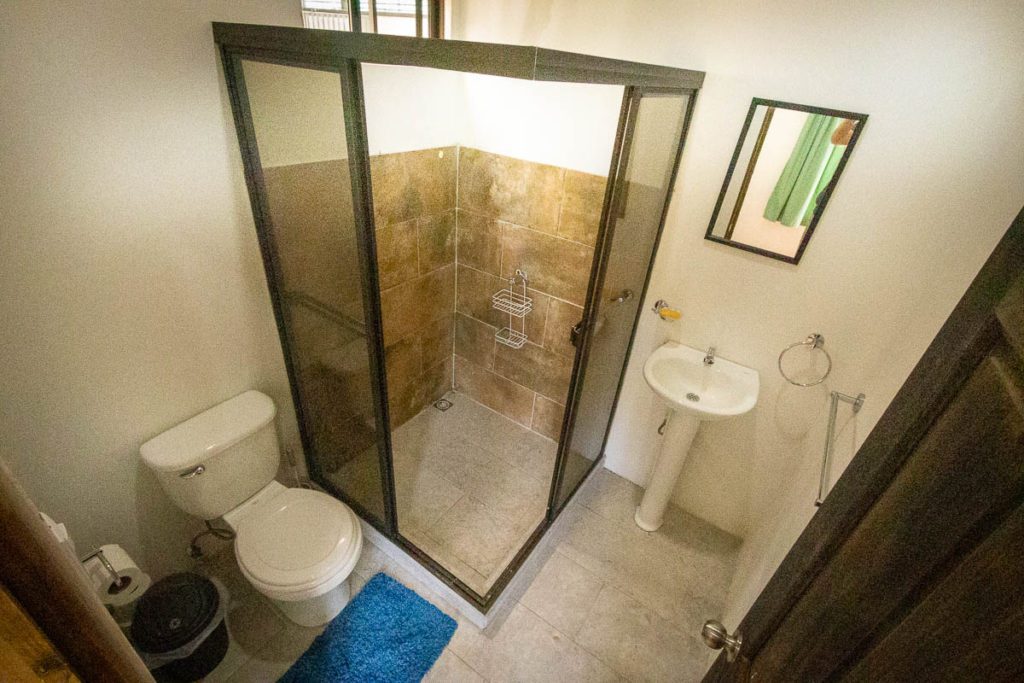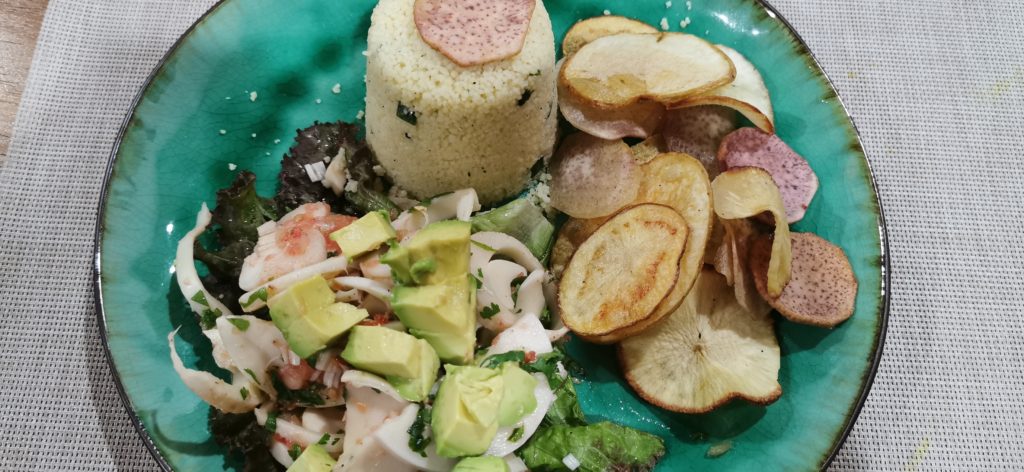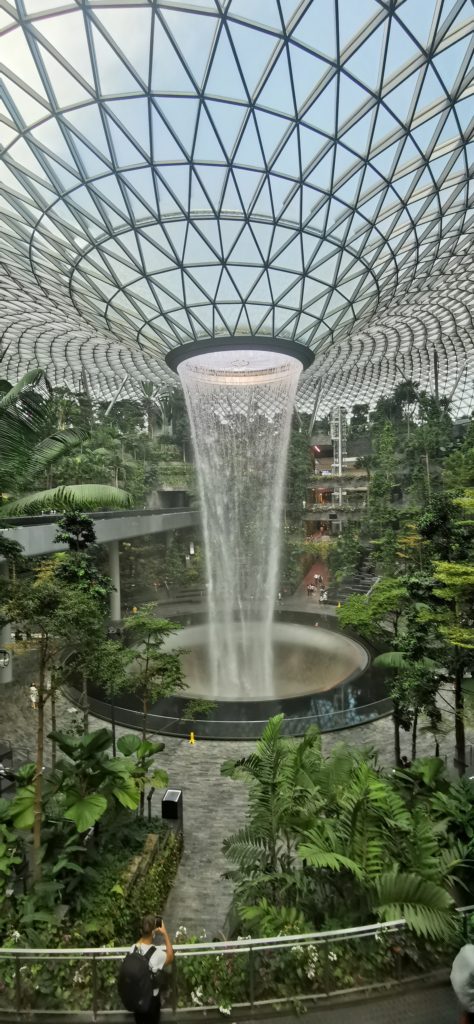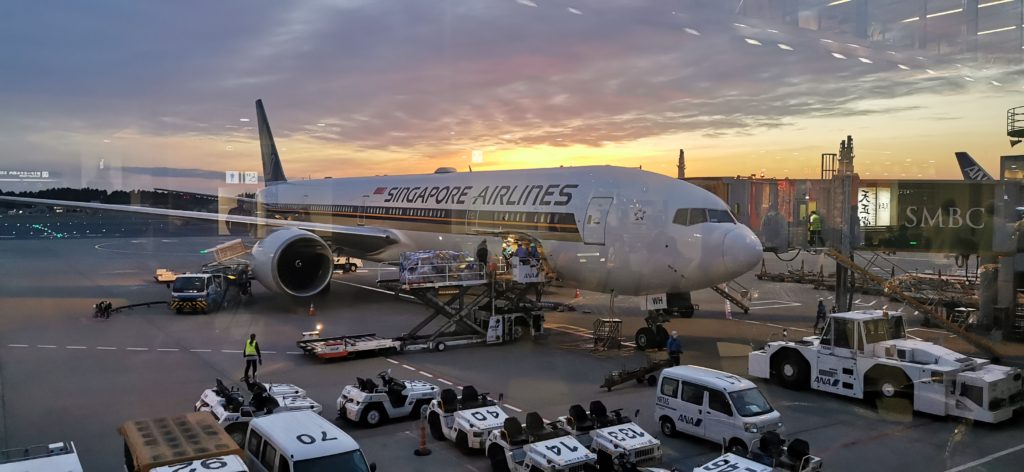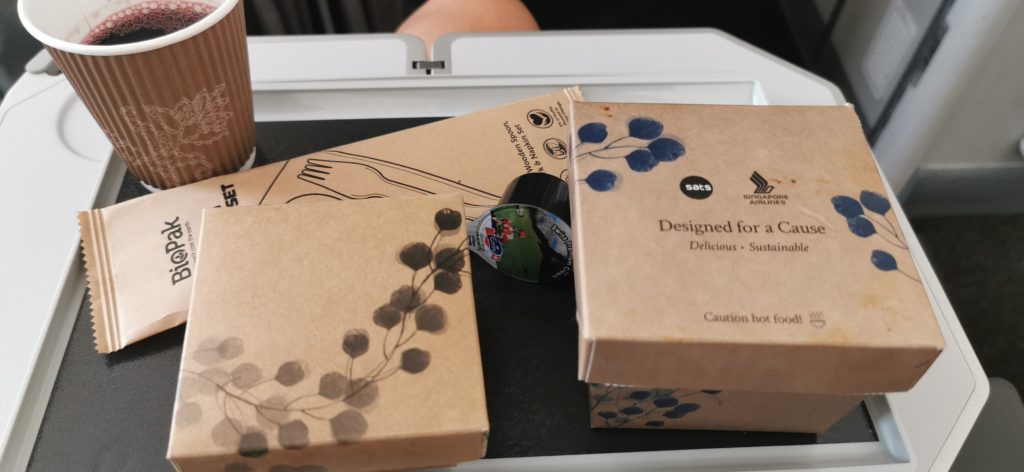I did a conservation expedition with MCEC in Costa Rica to learn about the ocean and how to better protect it. This is my MCEC Costa Rica review of the program, the facilities, and the team.
Content of this article:
Introduction to Innoceana and their Marine conservation and education center
Innoceana stands for Innovation in the Ocean and was created by a team of marine biologists and engineers originally from Spain.
It started five years ago and has expanded to various regions like Thailand and Indonesia.
They also did projects on water quality in Thailand and Indonesia.
Innoceana runs projects on water quality and marine surveys. Their goal is to increase the general public’s awareness of marine conservation.
For that reason, they have created the Marine Conservation and Education Center in Costa Rica ( MCEC)
MCEC runs marine biology workshops for kids and has trained over 250 local kids in the last year alone.
Innoceana uses innovative communication methods to keep the kids engaged through interactive books and virtual reality.
They created the documentary, Entangled in Costa Rica, which won a few awards.
They also run expeditions where any divers can come and learn about marine conservation. By participating in those programs, you not only get a great holiday diving learning new skills, but you also contribute to the financing of the center and allow them to do research and outreach projects. You can read more about the expeditions below.
Their main research projects include
- Corals 3d models
- Invertebrates inventory
- Water quality studies
- Reef monitoring
- Microplastic monitoring
- Coral restoration
- Seagrass mapping
Overview of the program during the MCEC expeditions
You can choose to do either a three-day program or a seven-day program. I did the first four days of the seven-day program.
Day 1: settling in
I arrived in the afternoon and checked into my room. The first workshop was held at 17:30 and was an introduction to the week’s program and the work of MCEC. The workshops were given by Laura and Juliana, who were both passionate about the topic and great teachers.
We met the other participants and shared our first meal after the workshop.
There were three participants in our group from Europe, Australia, and the US. Some participants had just finished their open water diving certification before the class and did OK during the expeditions. So even if you are not an advanced diver, you can join the expedition and learn about ocean conservation.
Day 2: Discovering the Sierpe wetland and diving on Cano island
We woke up at 6:30 to a Costa Rican-cooked breakfast. Our first adventure is a diving trip to Cano Island.
We drove 45 minutes to Sierpe, a small town by the edge of the Terreba river. From there, the boat was waiting for us. We rode through the mangrove, which was an adventure in itself.
The large river surrounded by mangroves is inhabited by many animals: birds, fishes, and even crocodiles.
Yulian, the biologist on board, was very good at telling us the stories from the mangrove. He showed us the five types of mangroves and explained how they work together to form the wetland ecosystem.
So, even though the trip from the MCEC center is long (it takes about 2.5 hours each way), it is a pleasant journey, and the MCEC boat is very comfortable.
It seemed bigger than the other dive boats we saw around Cano Island and has an indoor cabin, which is very useful if you get caught in one of Costa Rica’s tropical rain downpours. The boat is super fast with two motors of 250 HP.
The Cano Island area is a biological reserve with the highest protection level in Costa Rica and the highest diversity of coral (but don’t’ expect corals to the level of corals as in Southeast Asia).
Bull sharks, hammerheads, and manta rays are sometimes seen around the island, but you have to be very lucky to see them. We saw many white tips sharks and turtles though.
We dove the coral garden dive site and the anchor’s dive site.
Both sites are rock formations surrounded by a sandy bottom.
Some of the rocks are cleaning stations, and they attract many schools of fish. Despite the poor visibility, we saw schools of snappers, fusiliers, and grunts.
We saw multiple white-tipped sharks and a few turtles on both dives.
Today was a fun day of diving, and the goal was to get into the water, get comfortable with our gear and enjoy the beauty of the underwater world.
Tip: Don’t forget to bring your towel to dry off after the last dive.
On the way back, the team found a ghost net that seems to be a big problem as it traps marine life. They took the net onboard and dismantled it, releasing all the animals caught in the sea.
The Innoceana team created a documentary called Entangled about saving a whale that had gotten caught in one of those nets.
We also took a water sample and learned how to analyze water for salinity, Ph, nitrate, and phosphorus.
We came back to the center for a quick shower, and at 6 pm, we had our second conservation lecture.
This lecture was about invertebrate species. We learned how to do an invertebrate survey using a transect line.
Day 3: Learning to do an invertebrate line survey in Cano island
Today, we applied the theory learned in class the night before.
We went back to Cano island for diving. There was a big storm the night before that damaged the ranger’s house, so we brought them bags of cement on the way up there.
After a ride through the mangrove, the boat ride turned into a dolphin-watching trip as some dolphins accompanied us for part of the way and surfed our boat’s wave!
The underwater visibility in Cano island was relatively poor due to the heavy rain the night before. Still, it was not a big deal as we focused on invertebrates.
The day’s first dive took place at the shark caves dive site. It gets its name from a small cave that is full of sharks and snappers. I counted 12 white tip sharks and didn’t even get to the end of the cave.
We learned to identify the invertebrates species that we would record on the survey in this dive.
For the second dive, we did the actual survey. We randomly placed a 30-meter line on the seafloor and counted all the targeted invertebrate species we could find within a meter to the left of the line.
It was sometimes frustrating not to be able to include animals that were just outside the perimeter. Doing this survey allows you to focus on the small details. You see a lot more than regular recreational diving, and we did find a beautiful seahorse.
The evening workshop was about water quality. How to test the seawater and why it is important.
Day 4: Visit to the Boruca indigenous people
MCEC marine conservation program is quite diverse. To break the week from all the diving, they have included a land-based excursion into the program.
The Borucca people are a community of about 2,000 people living in the highland. They have many myths and legends and a strong sense of identity that they were happy to share with us.
The drive up to the Borucca village took about 90 minutes and was super scenic, going along the river and up to the mountain. Yulian was our guide for the day, and his passion for Costa Rican wildlife and culture is contagious. He even found a weird frog by the side of the road.
We had a traditional breakfast, where we learned about the Boruca and were offered cacao in a traditional bowl.
After breakfast, we went to a farm where we did a short hike watching beautiful plants and panoramic views.
The core objective of the day was for each participant to plant three trees.
The farmer found coconuts on the way and opened them up for us. Very refreshing!
We then had a traditional Costa Rican lunch with the most beautiful view.
After lunch, we walked to a small waterfall and enjoyed the peacefulness of the place. It was a great day close to nature.
The evening workshop was about corals. How they reproduce, the threats to coral reefs, and how to identify the various species of corals.
A typical day during the expedition
Breakfast starts at 6:30 am, and we leave for the dives sites around 7:30 am. It takes about 150 minutes to reach the dive sites. Lunch is served on the boat after the second dive. We would usually come back around 5 pm to the center, and the workshop would start at 6:00 pm until dinner at 7:30 pm.
The program is intense, but no activity is mandatory. You are here to learn but also to have a good time, so take a rest if you need to.
Should you do a three-day or seven-day expedition?
MCEC runs three or seven days expeditions
The expeditions are well-balanced with a mix of diving, practice theory, and on-land activities. It is about learning but also about having a good time and is a great way to spend an active vacation.
The three-day program includes three days of diving.
The seven-day program is a bit more varied with five days of diving, a visit to the Indigenous area with reforestation, a visit to a lab, and even a yoga class.
And if you don’t have three days to learn about marine conservation, they also offer one-day tours. It is a great way to go diving or snorkeling at Cano island while giving back and supporting marine conservation. On top of that, you will learn conservation skills and get to dive with a great team.
Review of the facilities at MCEC Innoceana
Innoceana is a large marine conservation center near the Pacific Coast of Costa Rica. It is located on a highway in the middle of their two main research centers: Parque Baleina and Cano island.
Research centers are usually utilitarian, so don’t expect a beachfront resort. However, the MCEC center has been designed with taste and comfort in mind. Near the entrance are the classroom and the reception. At the back is the guest house where expeditions participants eat and sleep. The guesthouse has a large dining and living room. It also has a pretty outdoor area with sofas and hammocks.
Review of the bedrooms at Innoceana
Expedition participants are housed in four shared bedrooms with either twin beds or bunk beds. The rooms are simple but clean and comfortable. They are brand new and have an ensuite shower room with hot water. There is no AC, but a ceiling fan is available. The program during the expeditions is intense, so you won’t be spending much time in your room.
The internet in the bedrooms and dining area is good (enough for video calls) but was sometimes unavailable.
The bathroom is ensuite. It is functional and has hot water
Tip: Soap is provided, but no shampoo, so bring your own.
Review of the food during MCEC expeditions
Three meals a day are included in the expeditions. All the food is vegan and delicious. I am not vegan, yet I was astonished by how good it all tasted. Laura, who manages MCEC, is a vegan chef and is passionate about creating tasty dishes for the program.
Breakfast was served at 6:30 am. It ranged from beans and tortillas to chia pudding, fresh fruits, or bread and spread. Different fresh fruit juices were also offered every morning.
Lunch was served on the boat and was either a quiche or a sandwich, followed by a delicious dessert.
Dinner was at 7:30 pm and ranged from curry, salads, vegetables, etc. It was truly excellent, and it felt very healthy.
Getting to Innoceana
Inoceana MCEC is located near the town of Uvita, four hour’s drive from San Jose.
There is a bus called Tracopa that is relatively reliable from the city of San Jose. The bus costs about 10 USD. To get to the Tracopa terminal, a taxi from the airport costs about 20 USD.
You can find the Tracopa bus schedule here. Look for San Jose to Uvita.
Tip: the bus is often full ( they were totally full on both my trips), so either arrive early to purchase your ticket, or you can also buy your ticket online with the App Passer.
There is no bathroom on board, but the bus will make two stops for 10-15 minutes at rest houses with restrooms, food, and drinks.
Another option is to get a driver from San Jose or rent a car for the week. The roads are good, so renting a car could be an easy option.
Getting to San Jose with Singapore Airlines
San Jose is not the easiest city to fly to. There are direct flights from France, Spain, and a few US cities.
I flew from Bali via Singapore and Los Angeles with Singapore airlines.
Singapore Airlines is an excellent airline with full service. All the flights were perfectly on-time, and the food was delicious. The pork dish on the flight to Los Angeles could have been served in a high-end restaurant!
Tip: if you have a few hours of transit in Singapore, go and see the Jewel shopping center. It is right outside terminal one and is an architectural masterpiece. There are plenty of restaurants, so it is also an excellent place to eat outside the airport.
Since April 1, it has been effortless to visit Singapore if you are fully vaccinated. Clearing immigration is usually fast. It took me less than 10 minutes each way.
Sustainability at Singapore airlines.
As an ocean lover, I am often horrified by the amount of plastic produced by airlines during their meals services. Especially during Covid, plastic has been used to wrap everything. I have seen airlines wrapping fruits like apples or individual slices of bread!
I was happy to see that Singapore Airlines is doing something to reduce its plastic footprint, using sustainable food containers.
On the flight from Denpasar to Singapore, food was served in cardboard containers. Glasses were made of paper, and the cutlery was made of wood. They also realized that a plastic tray is not needed. I really enjoyed this minimalist approach to meals packaging and hope that Singapore airlines will roll it out to its other flights (the flight from Singapore to Los Angeles was still full of plastic waste).
Tip: bring an empty bottle of water for the flight and ask the staff to refill it. You will avoid using a plastic glass each time you want a sip of water. If you don’t have a bottle, keep your plastic glass and reuse it throughout t he flight.
In conclusion of my review of MCEC expeditions
MCEC offers a solid marine conservation training that is not only enriching but also fun and enjoyable. The team behind it is passionate about their project and will show you a different way to visit Costa Rica.
Participating in an MCEC expedition is a chance for tourists and divers to give back to Costa Rica and preserve the planet so I highly recommend you give it a try.
For more information about the program and to book, check the Innoceana website here.
For more information about diving in Costa Rica, read my article about diving in Bat island with staying at the Four Seasons Costa Rica.
Another great diving adventure in Costa Rica is Cocos Island, a super remote protected island that is a heaven for sharks and fish lovers. You can read about my trip on the Agressor liveaboard here.

